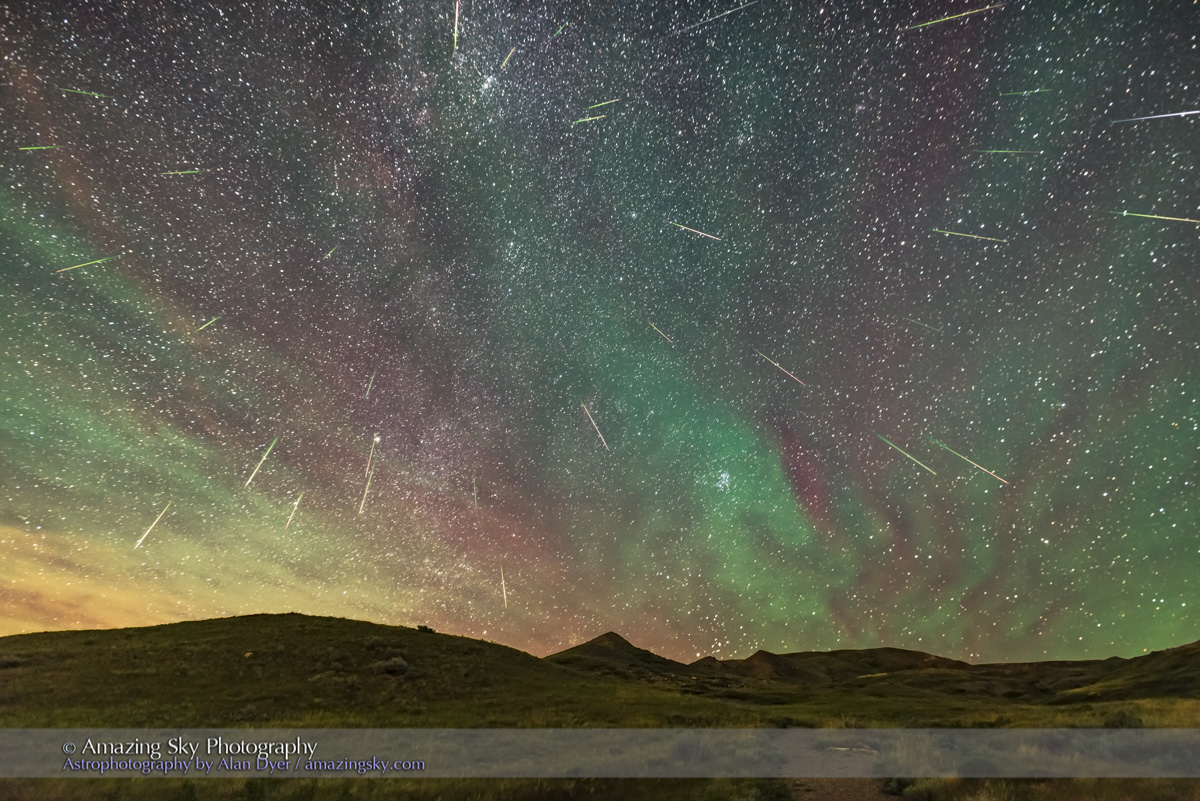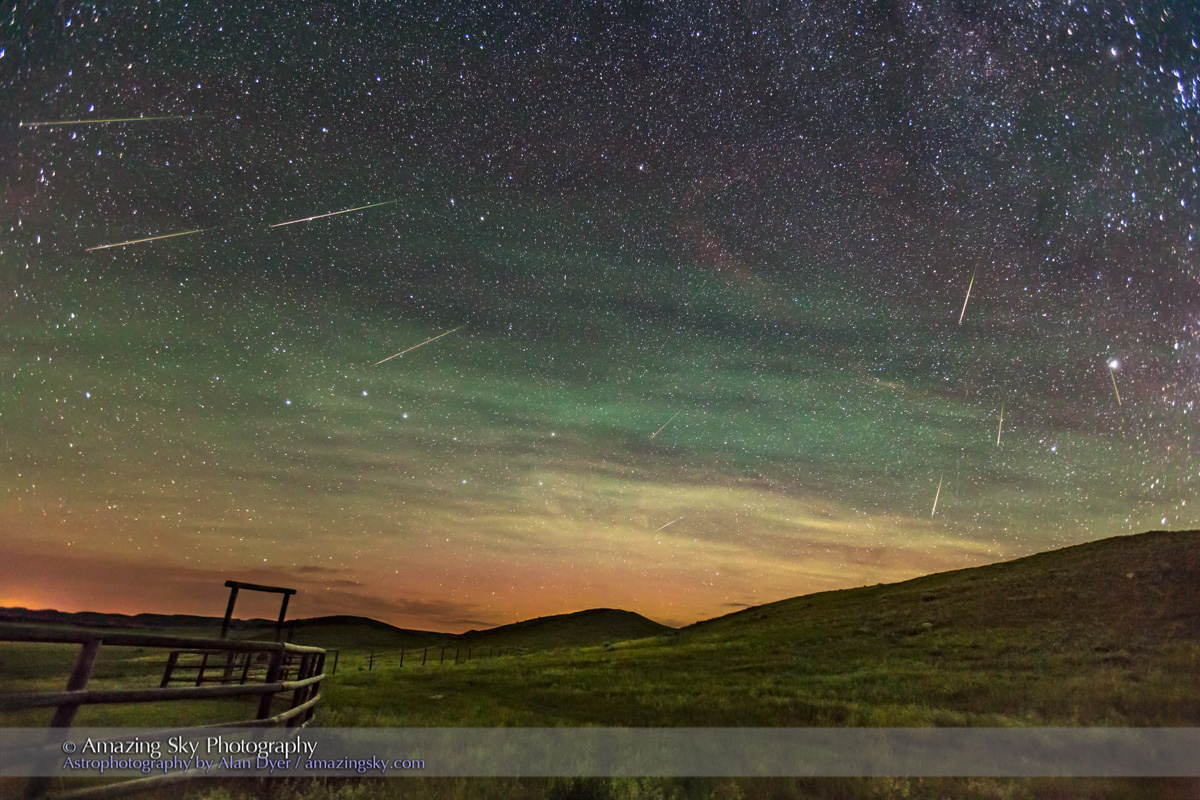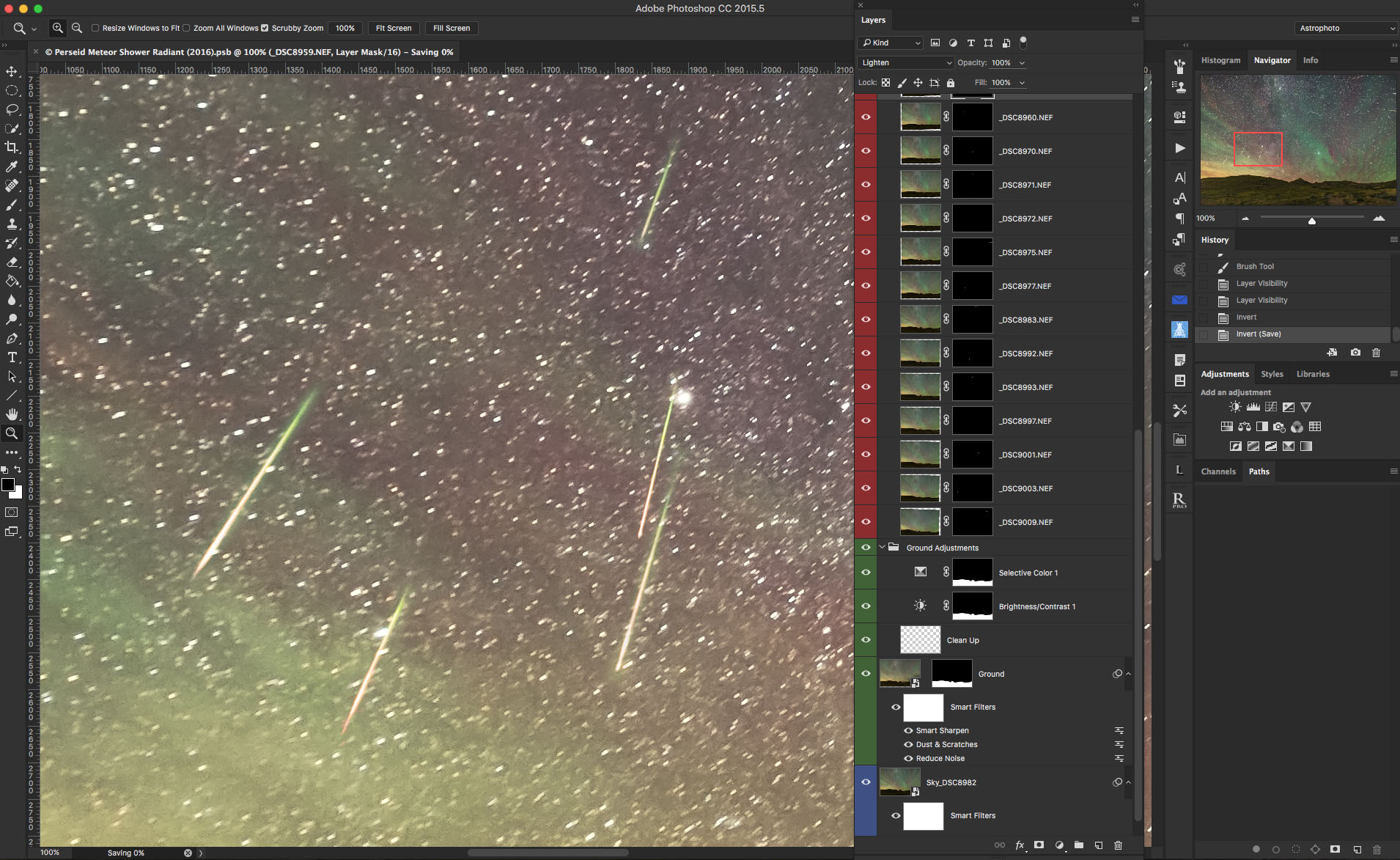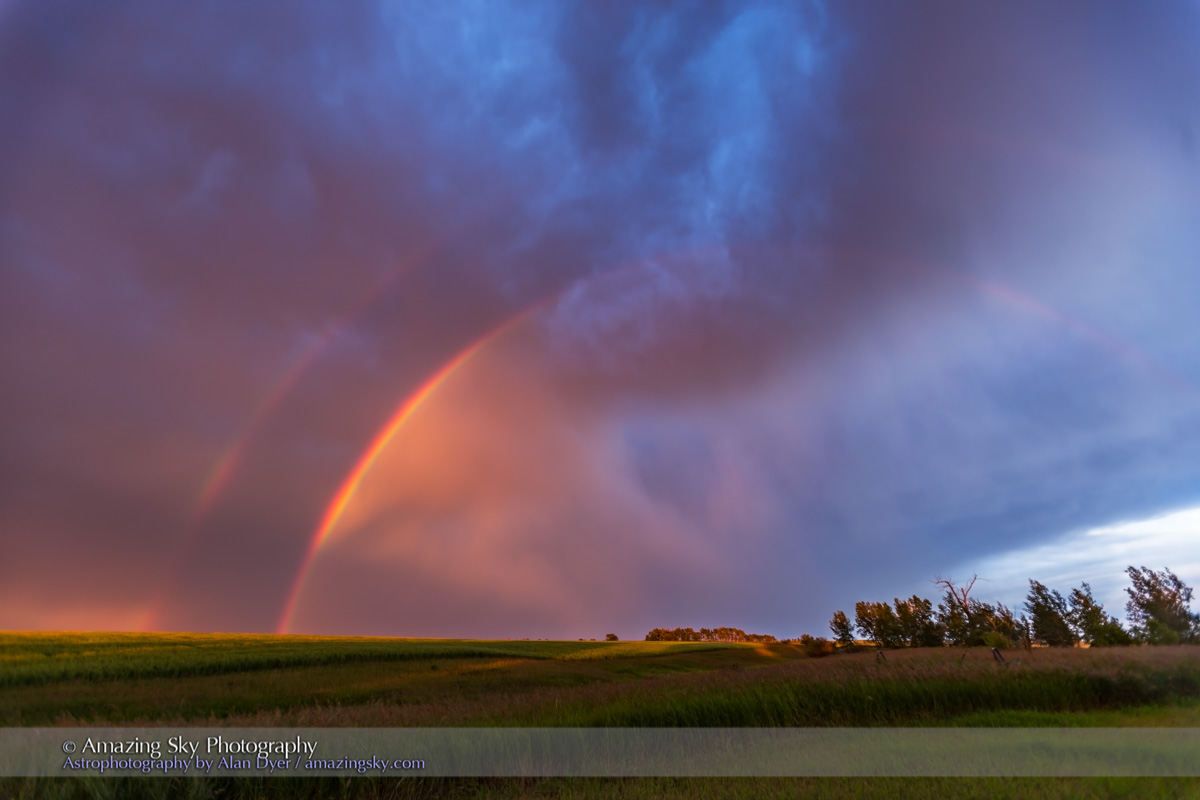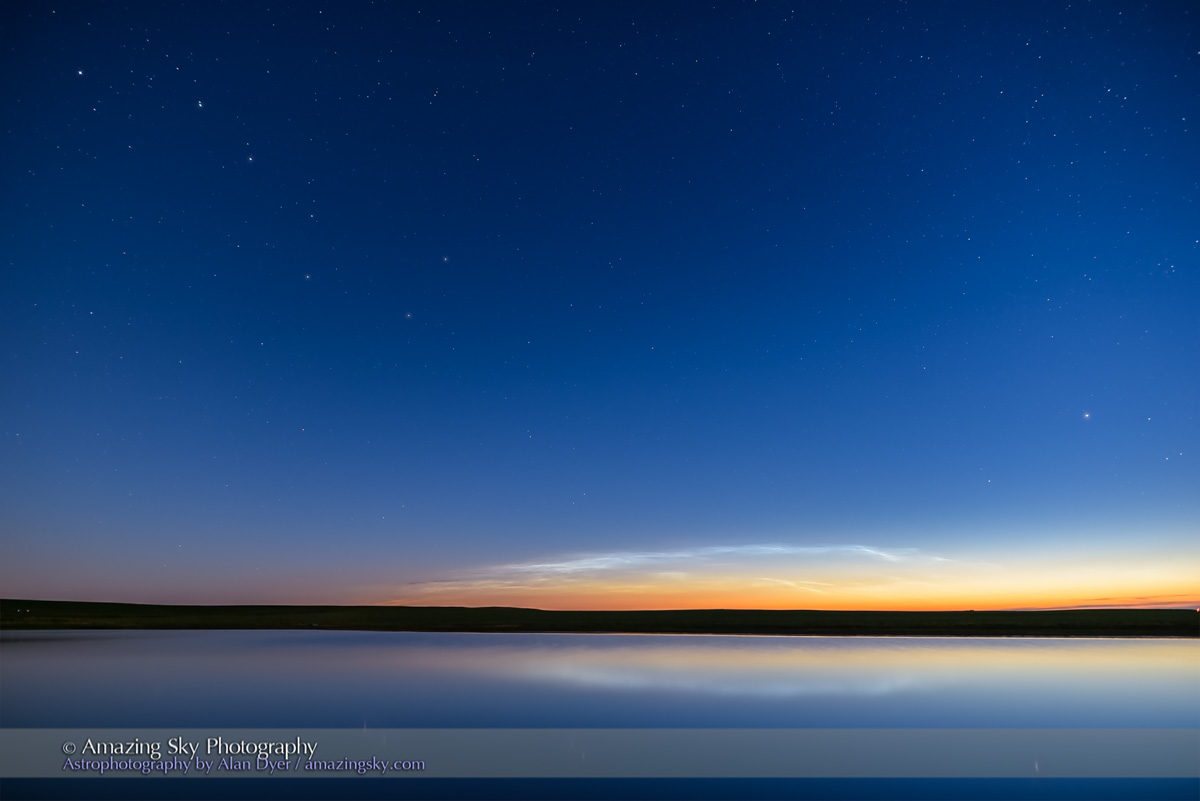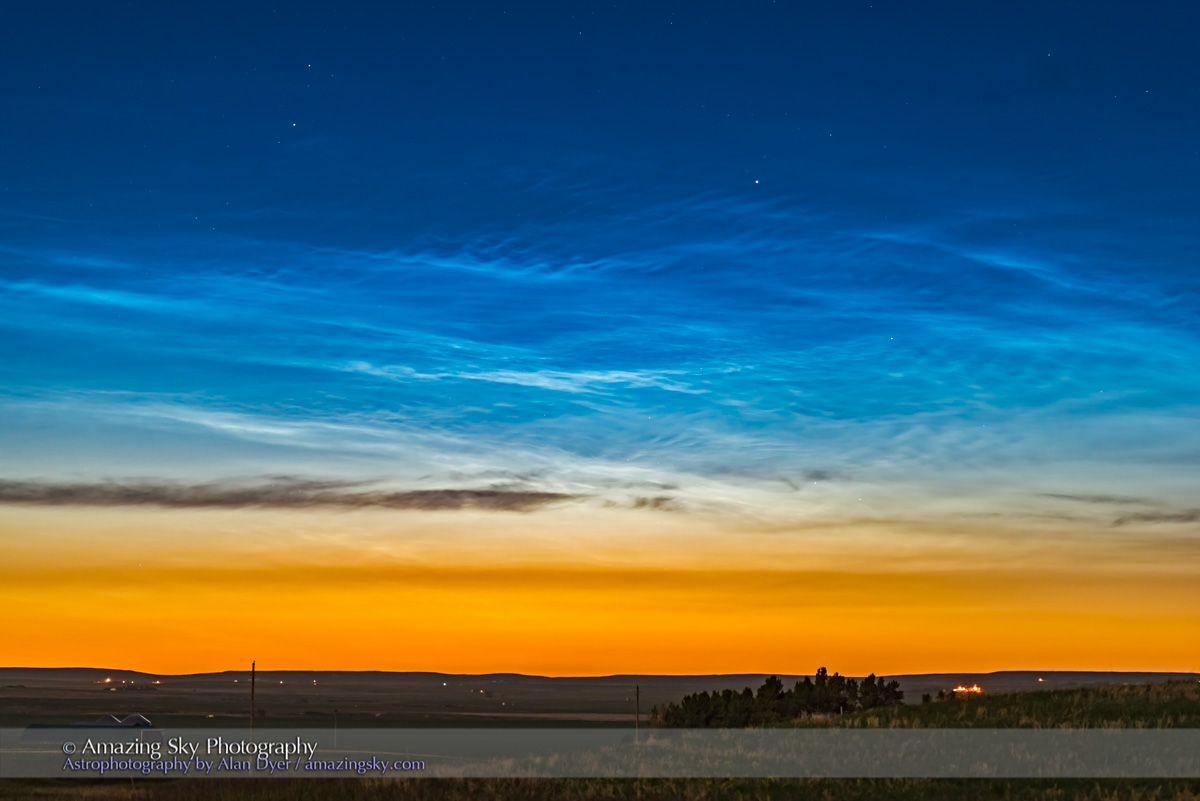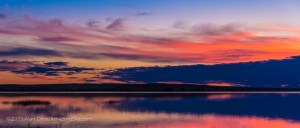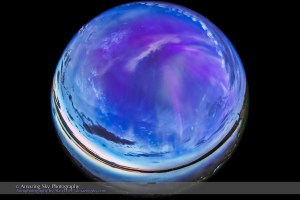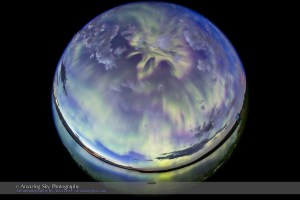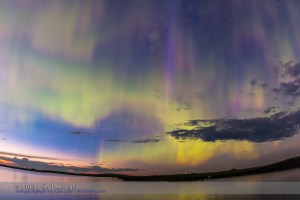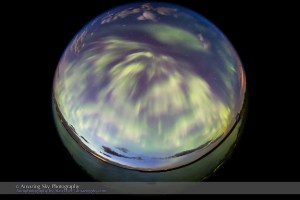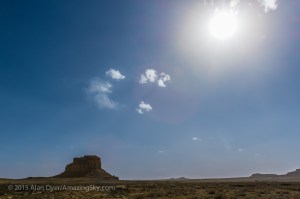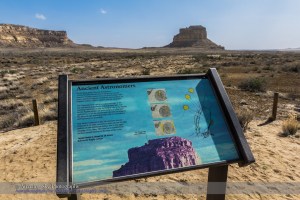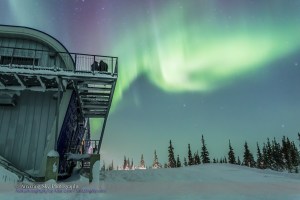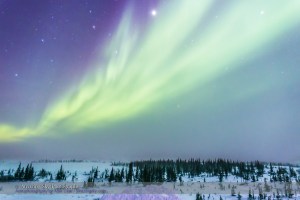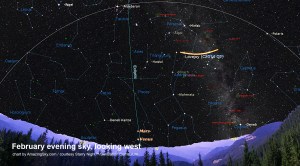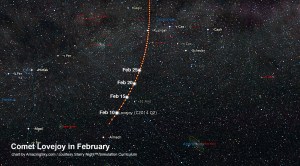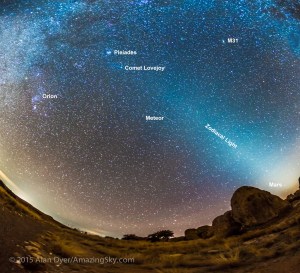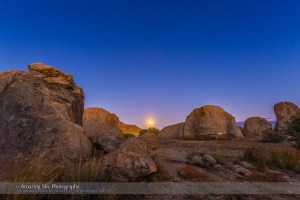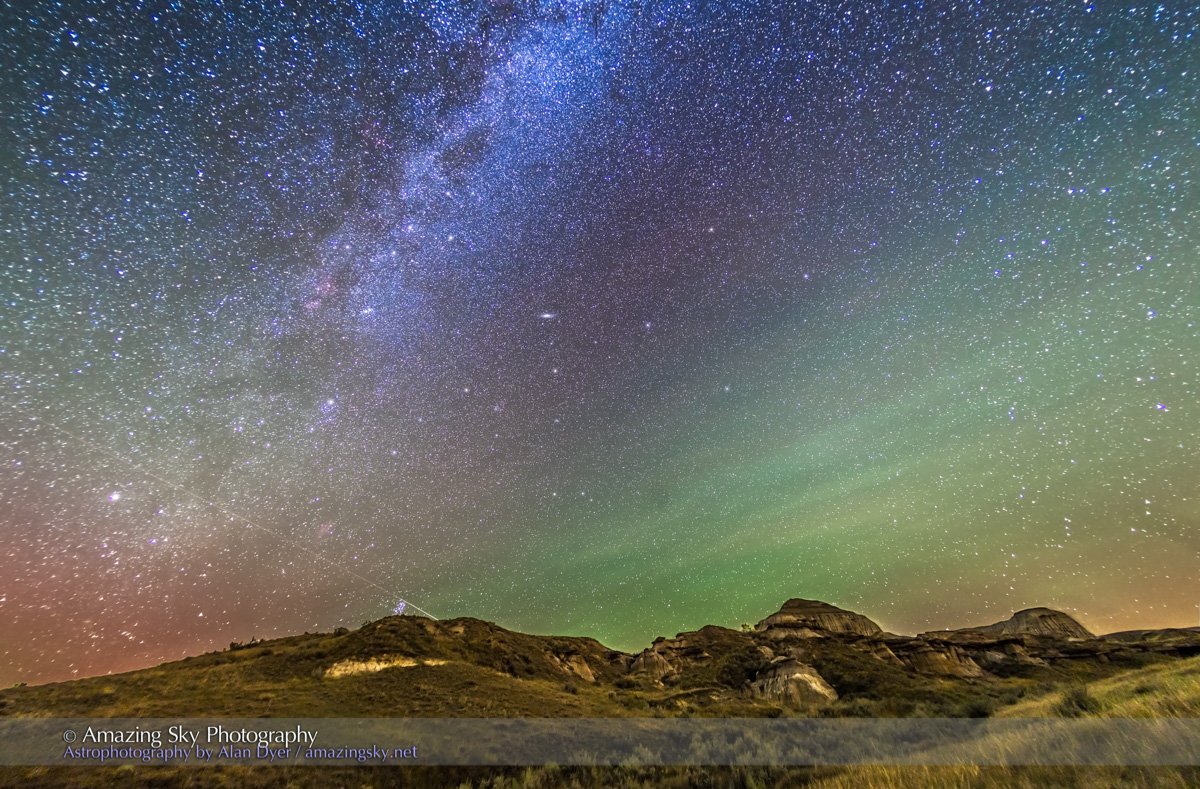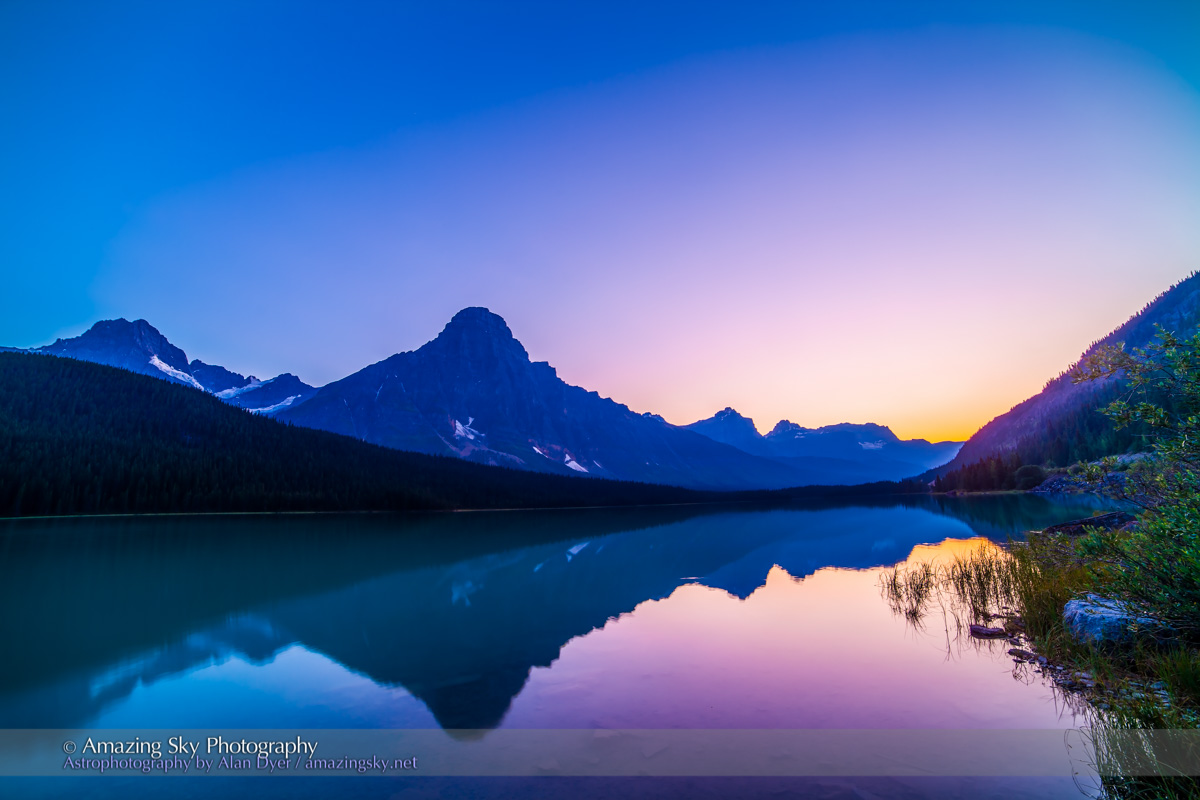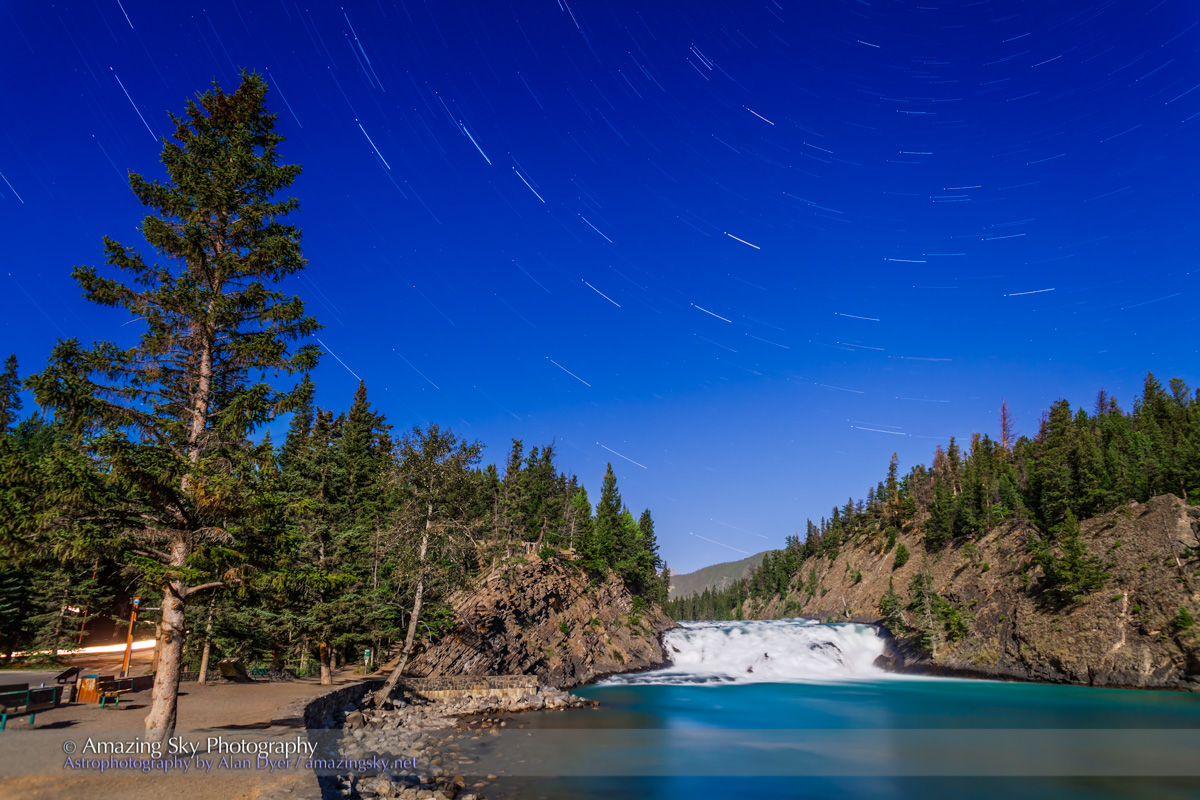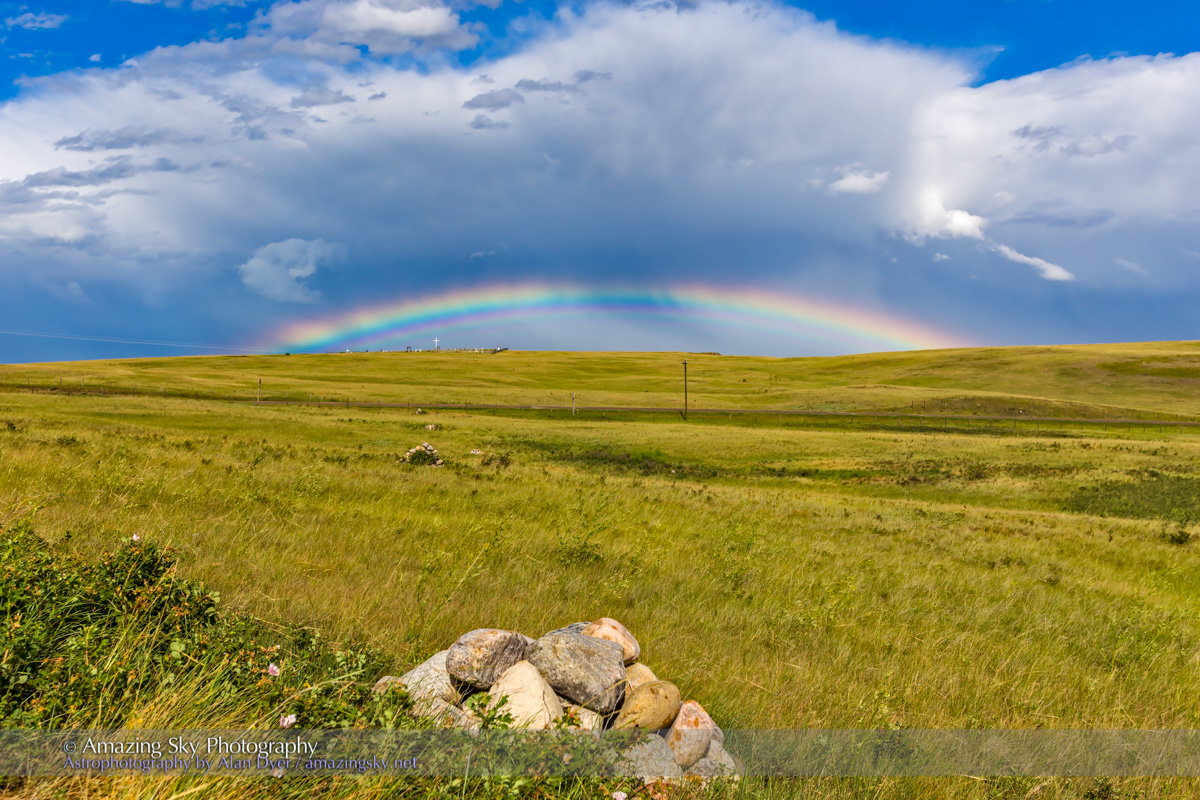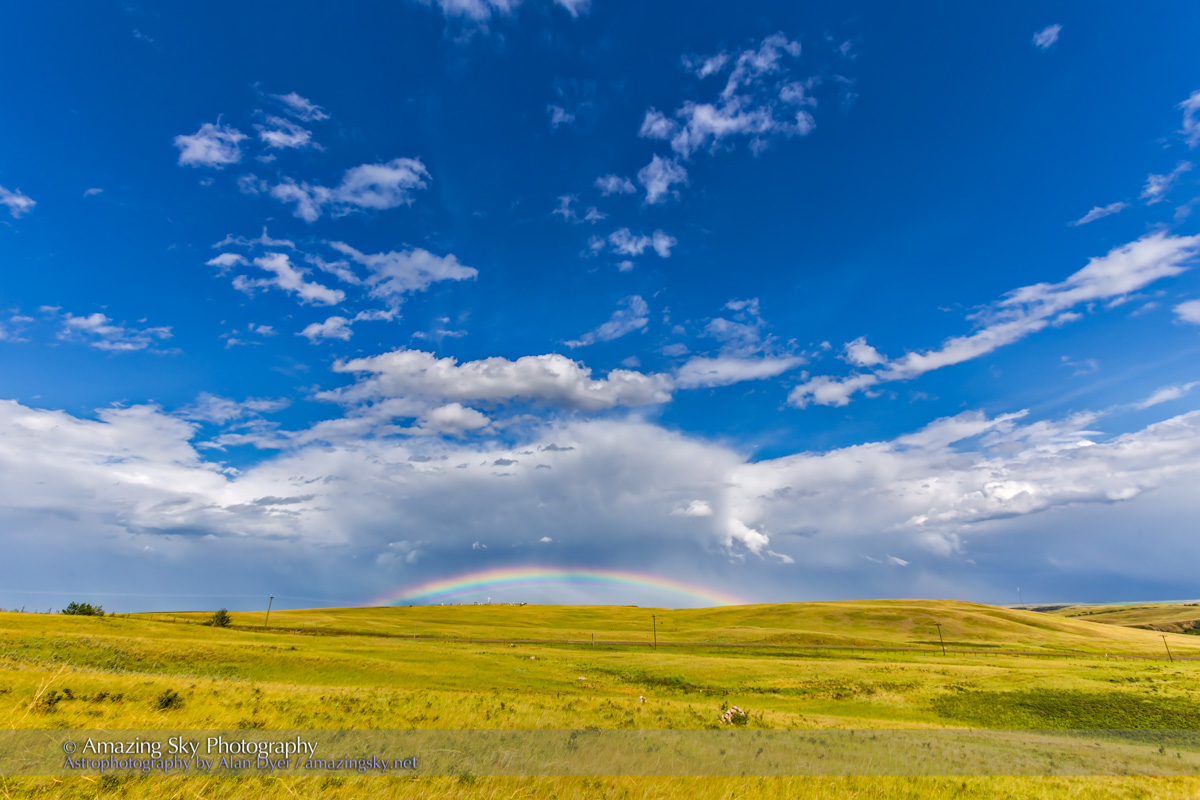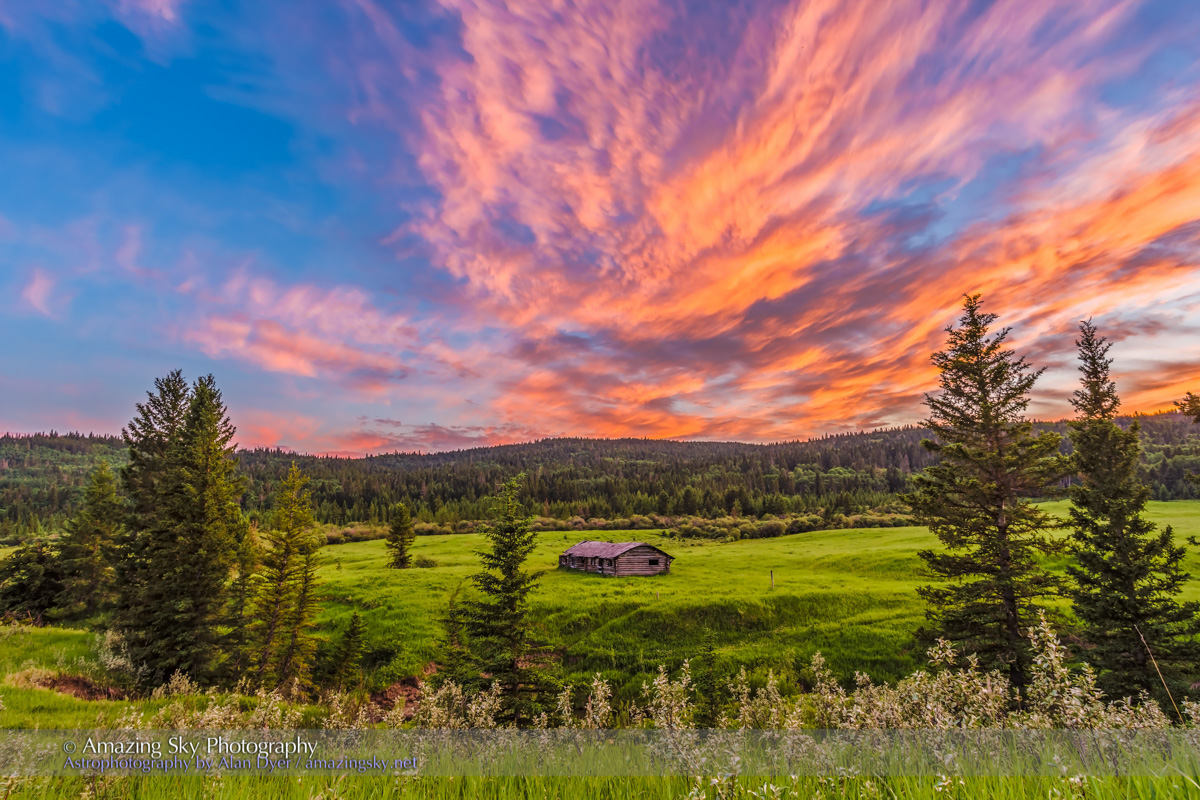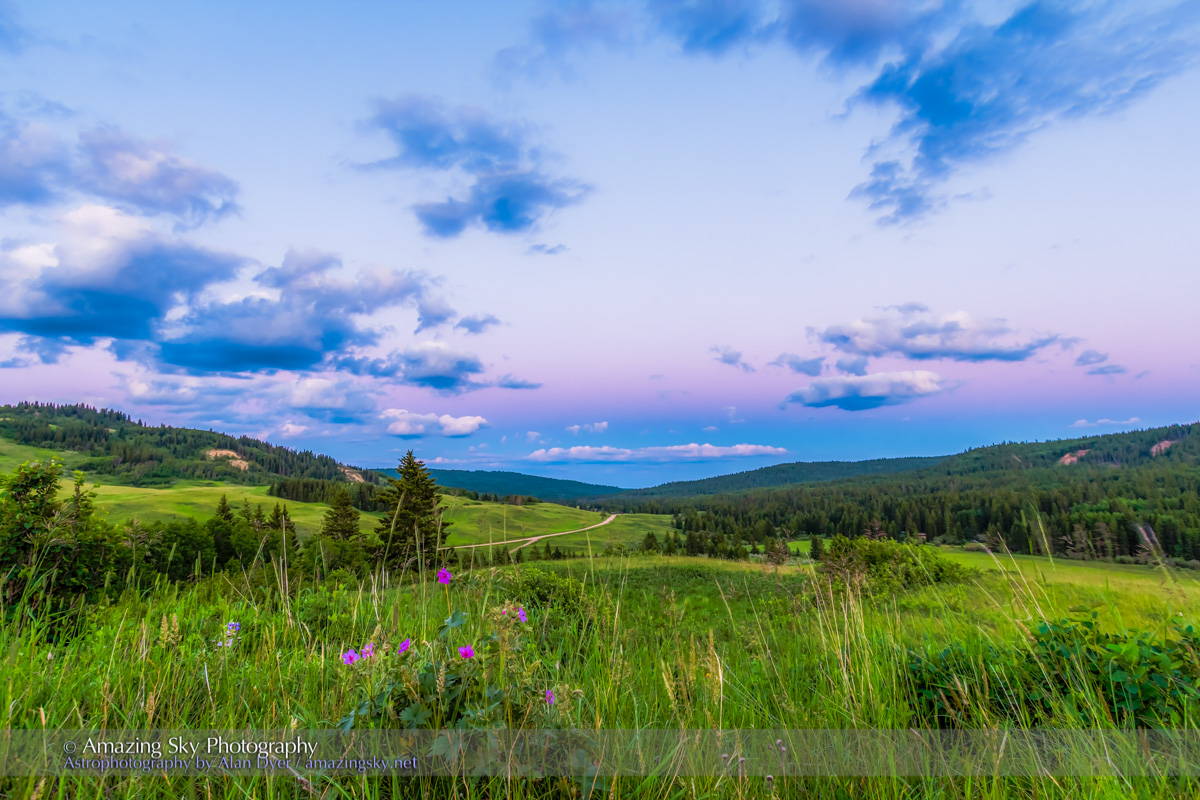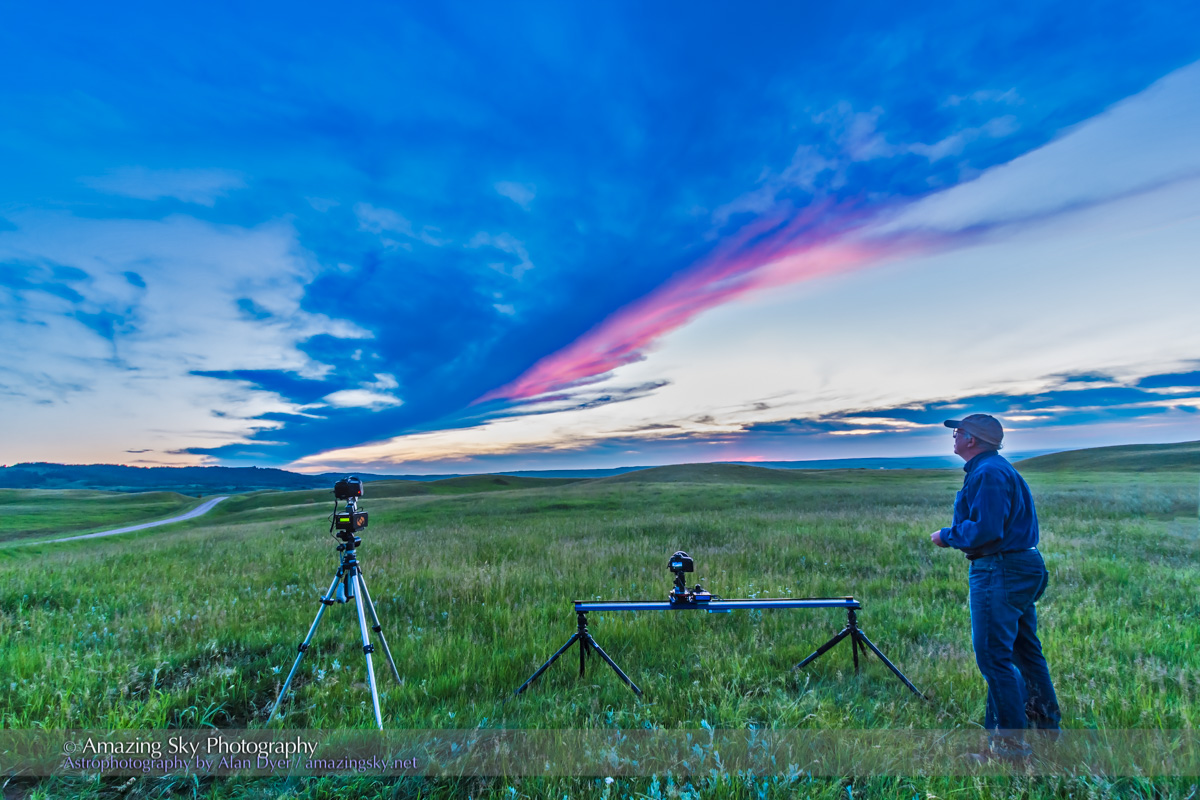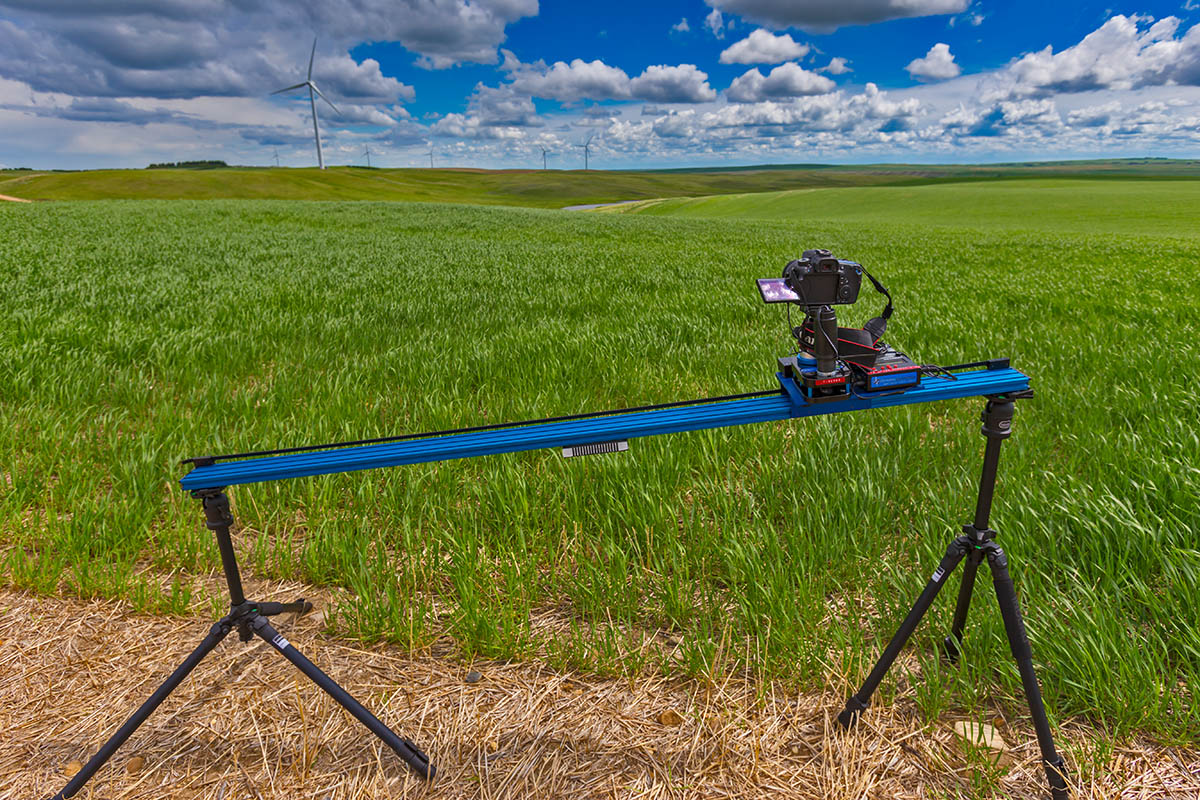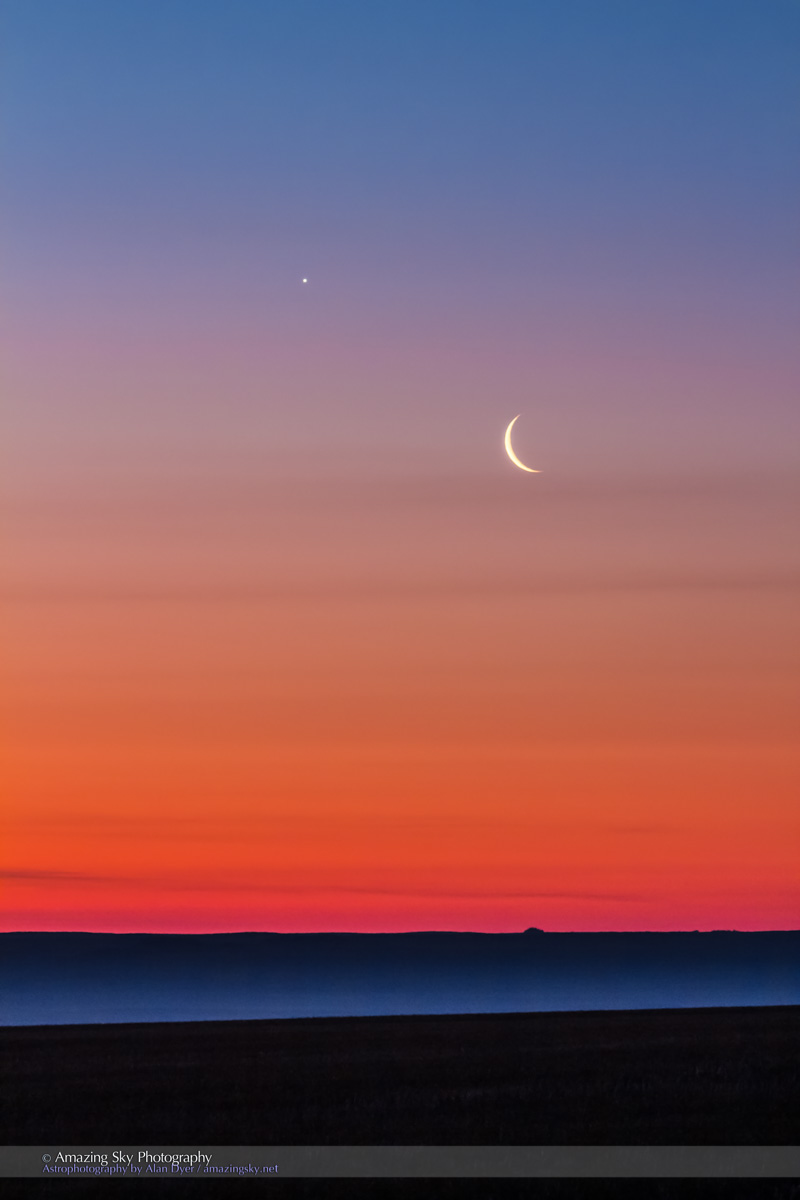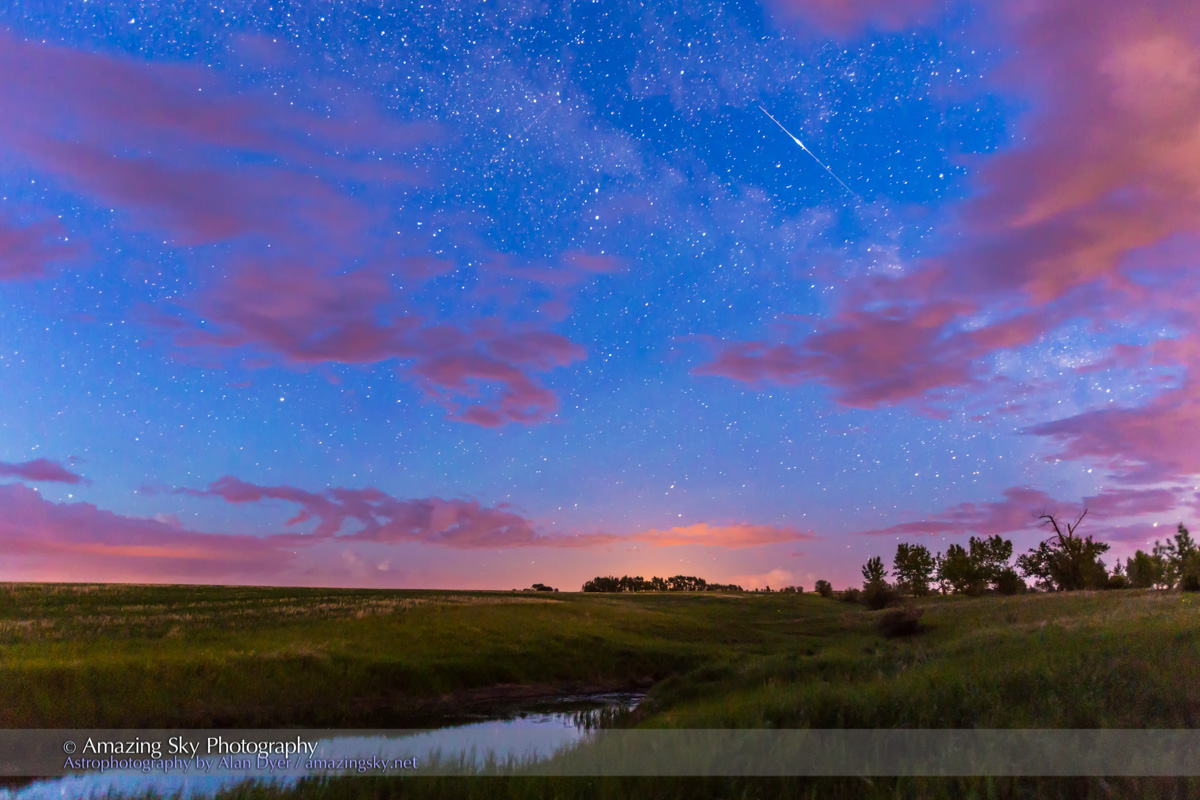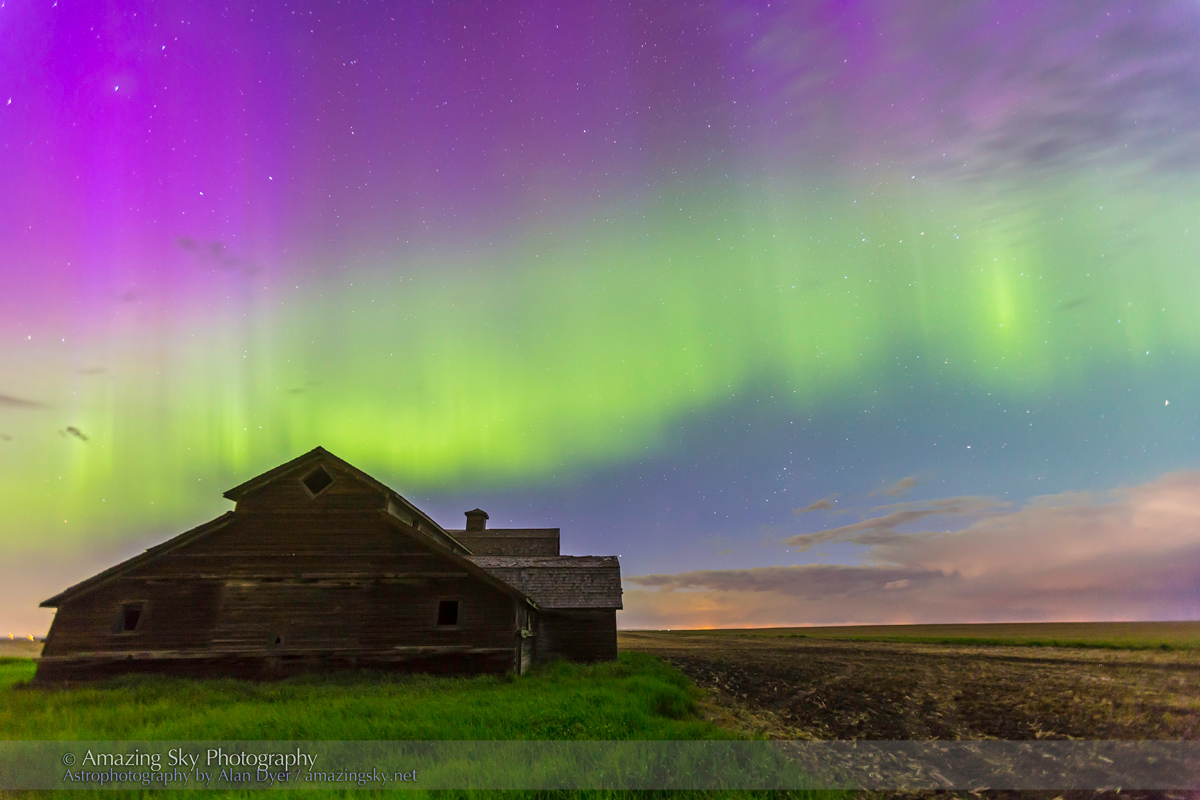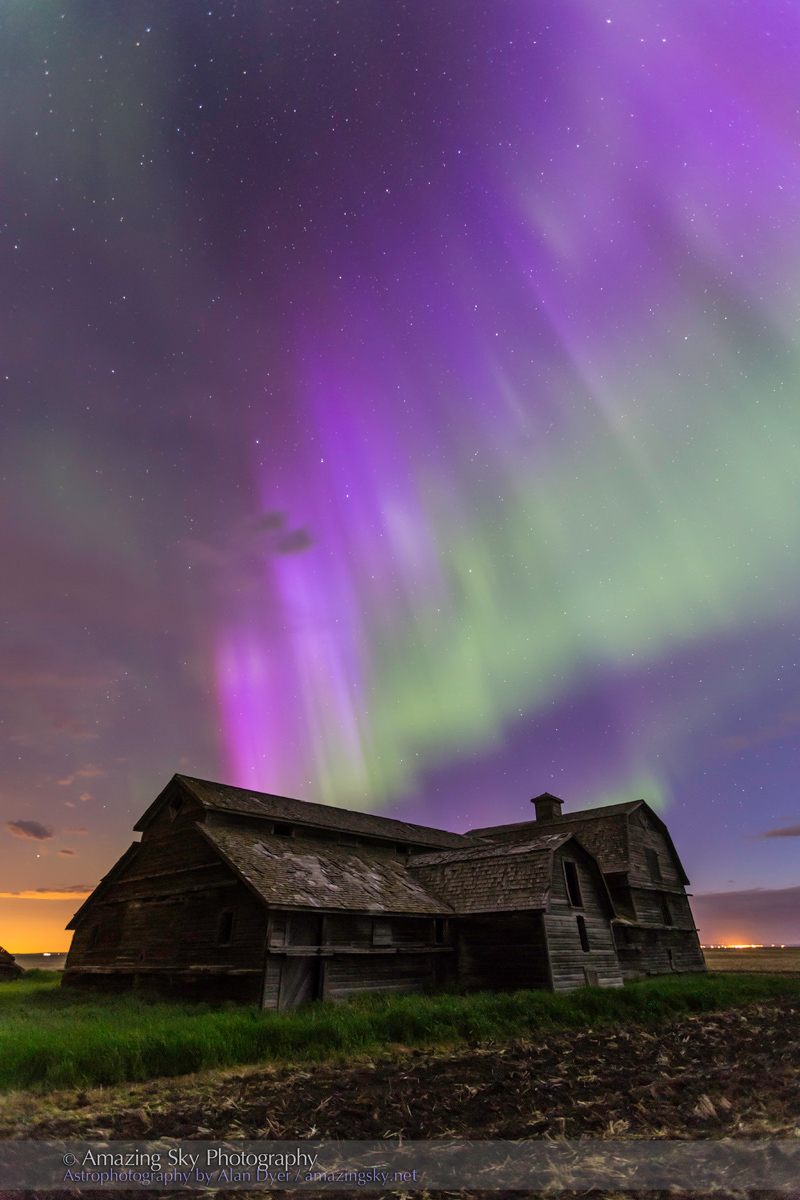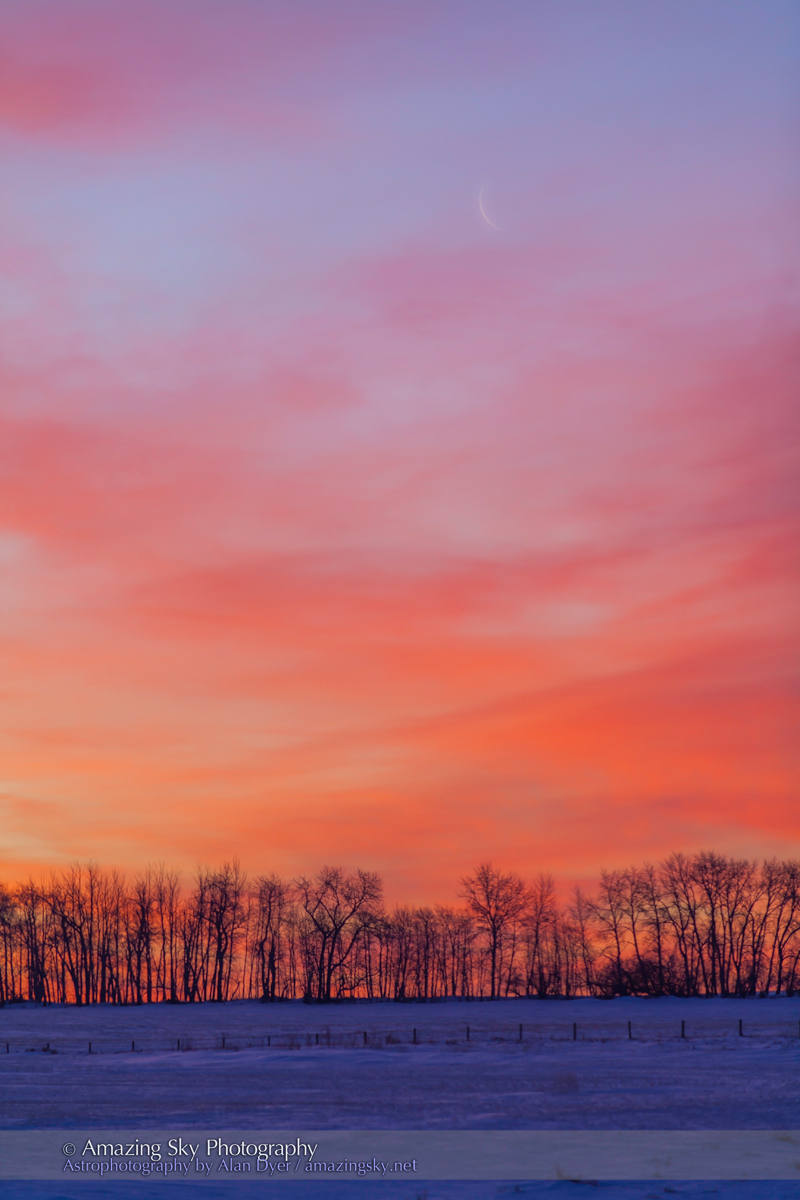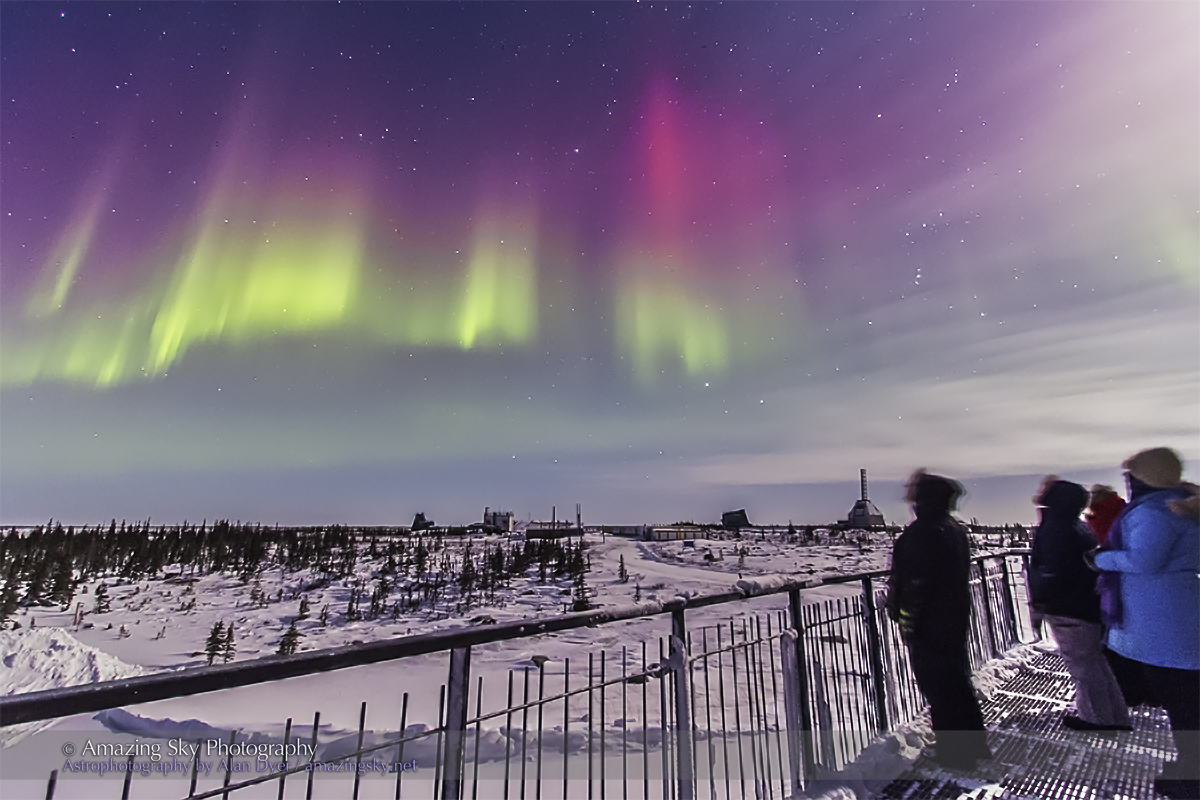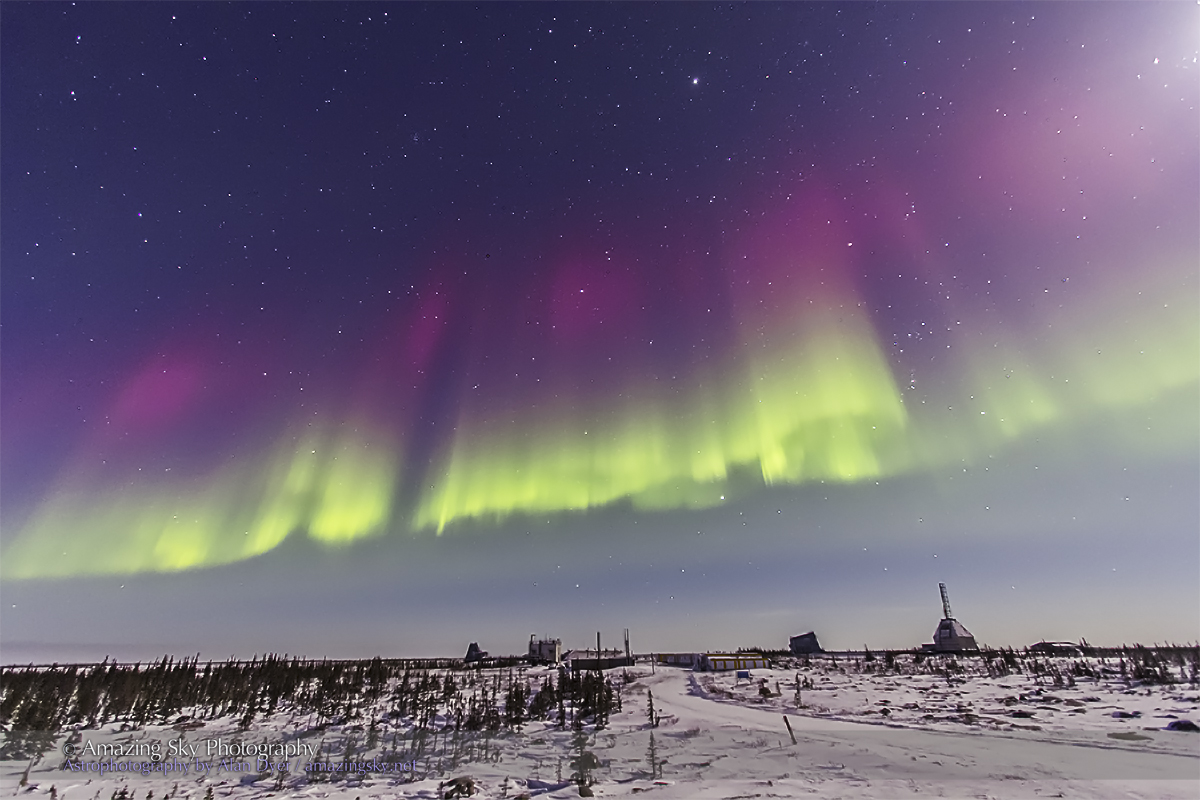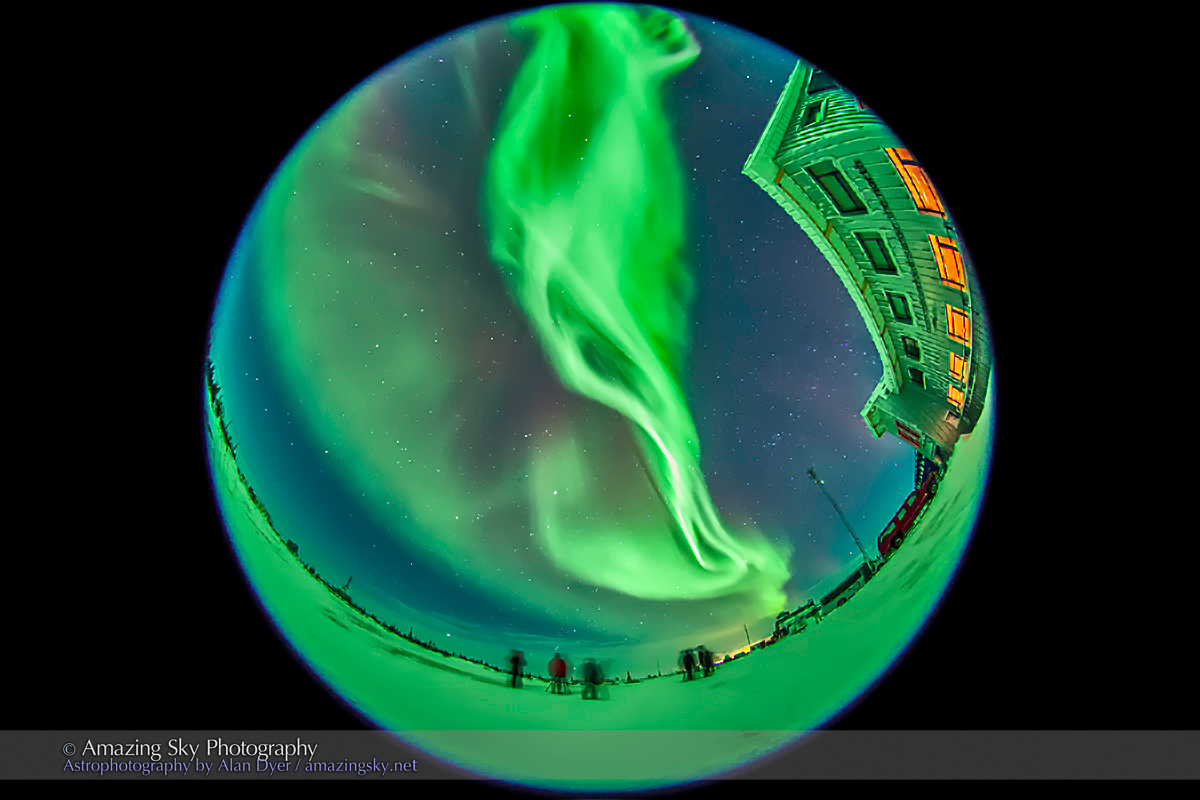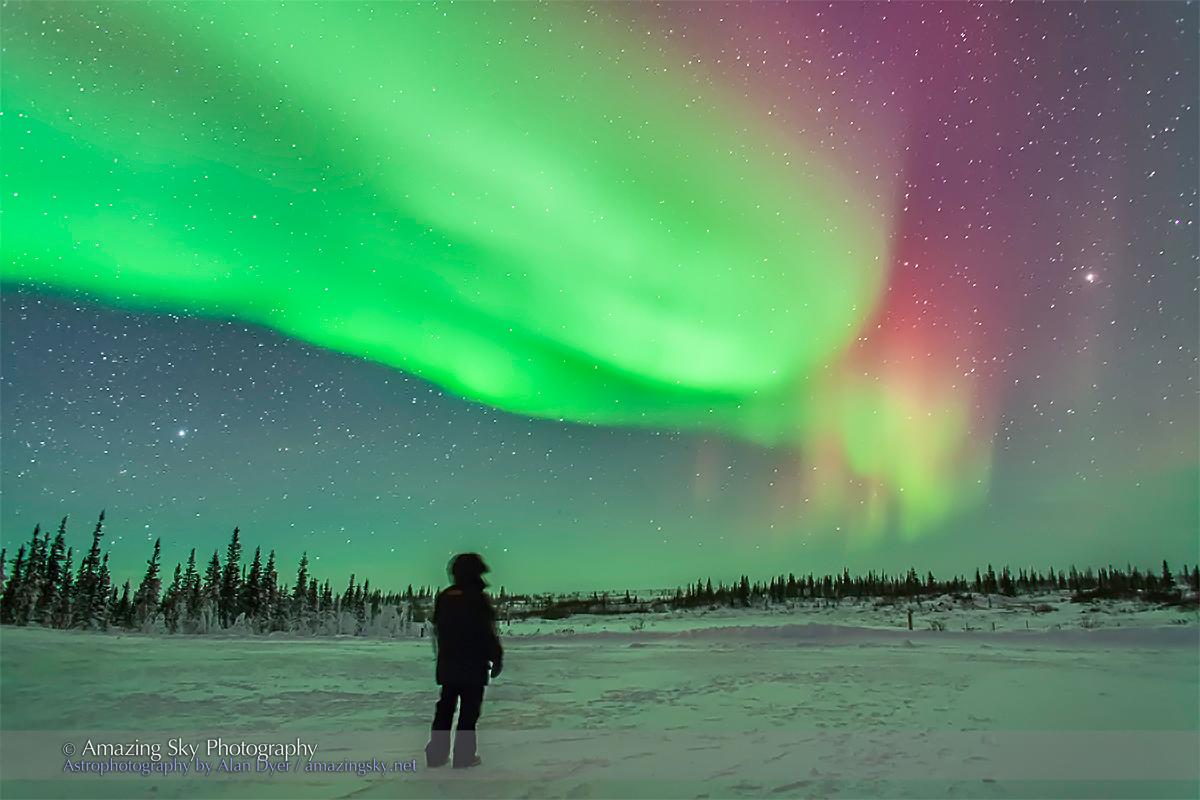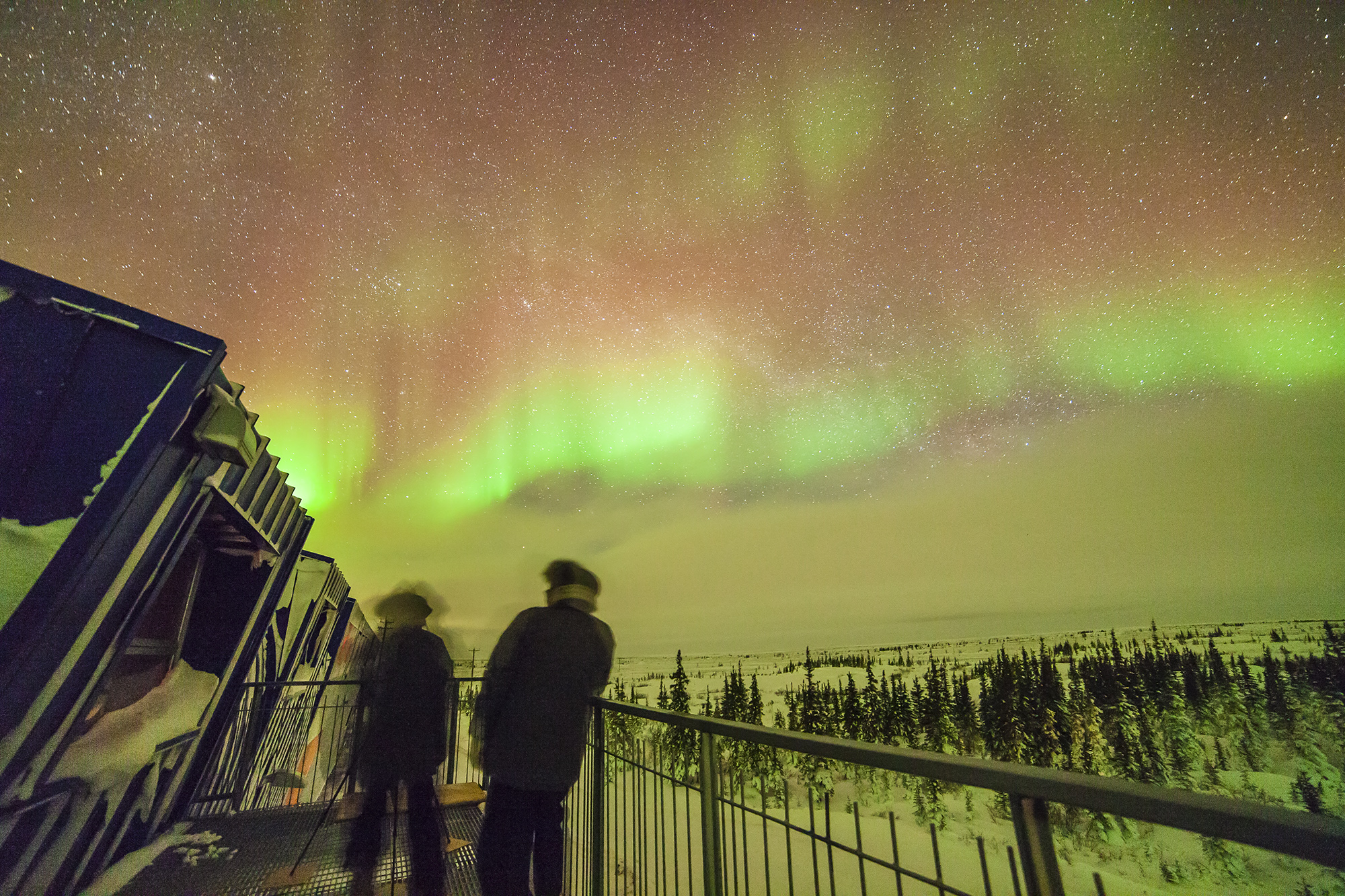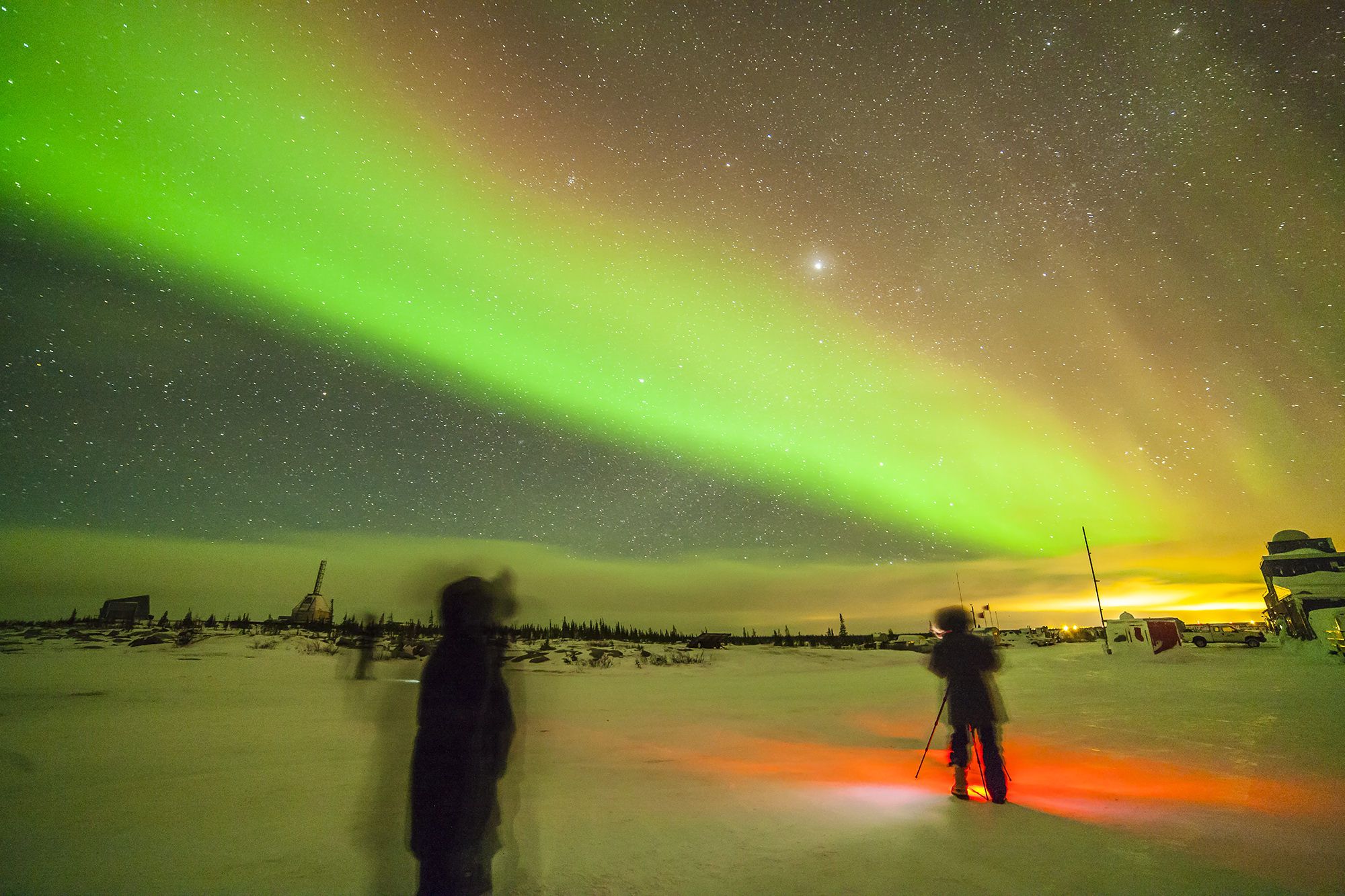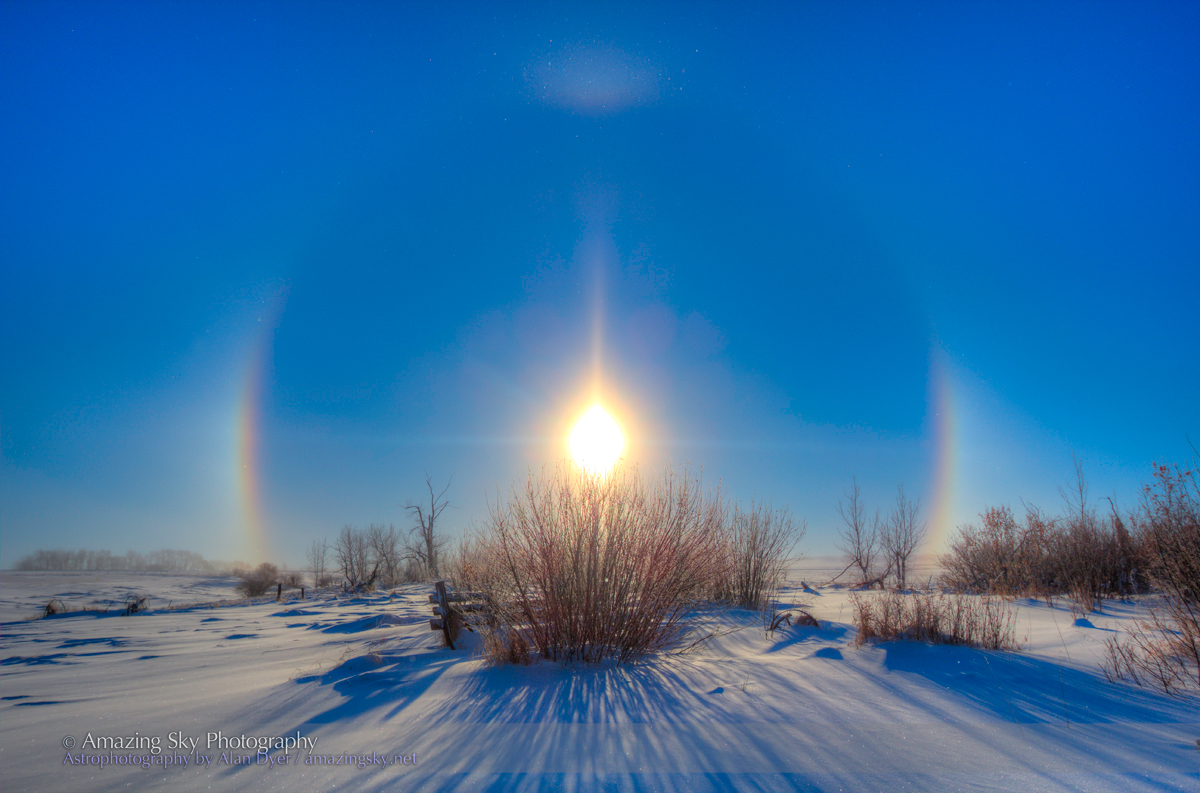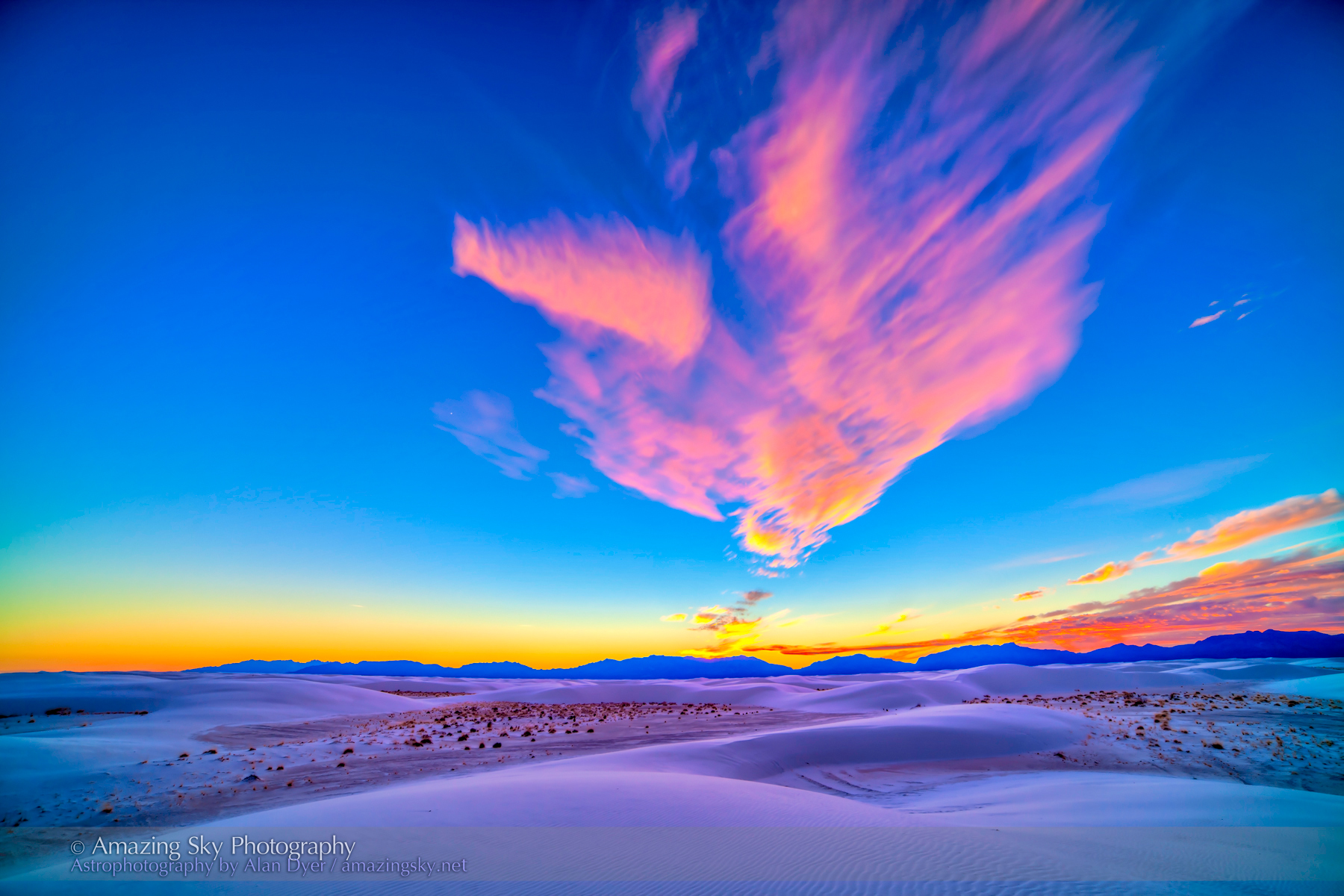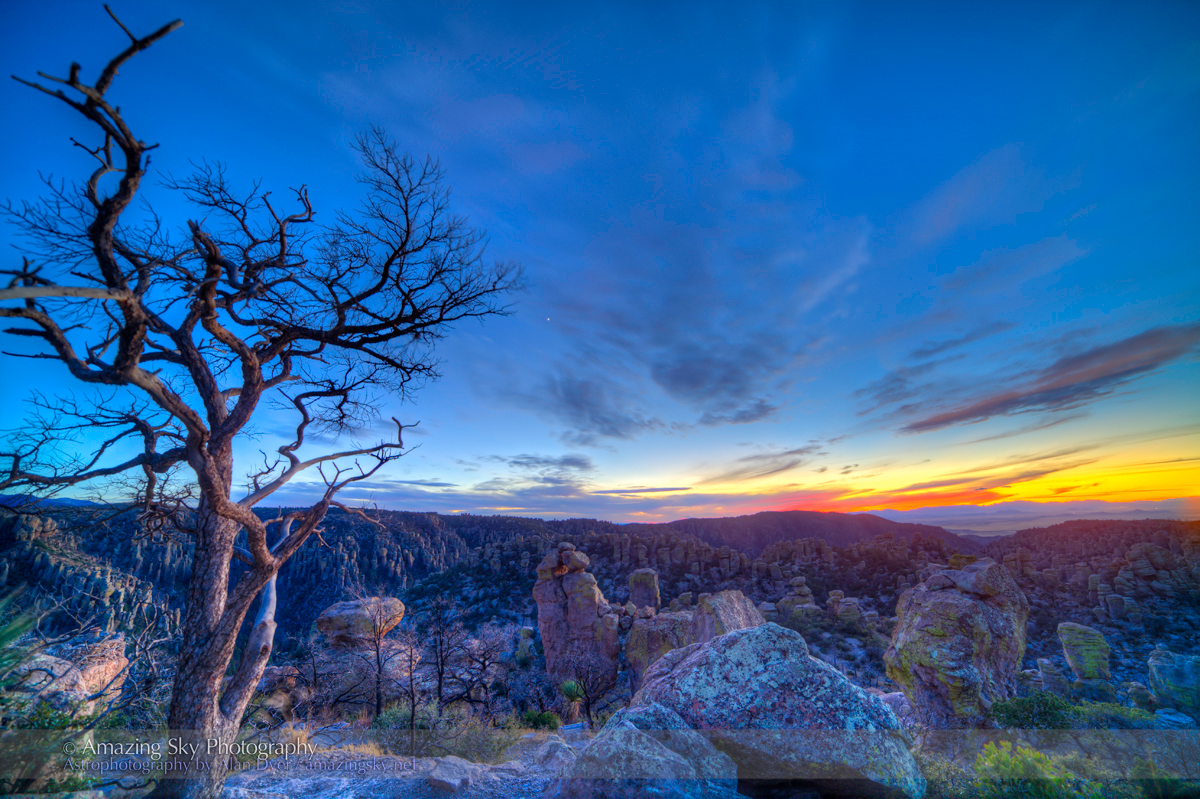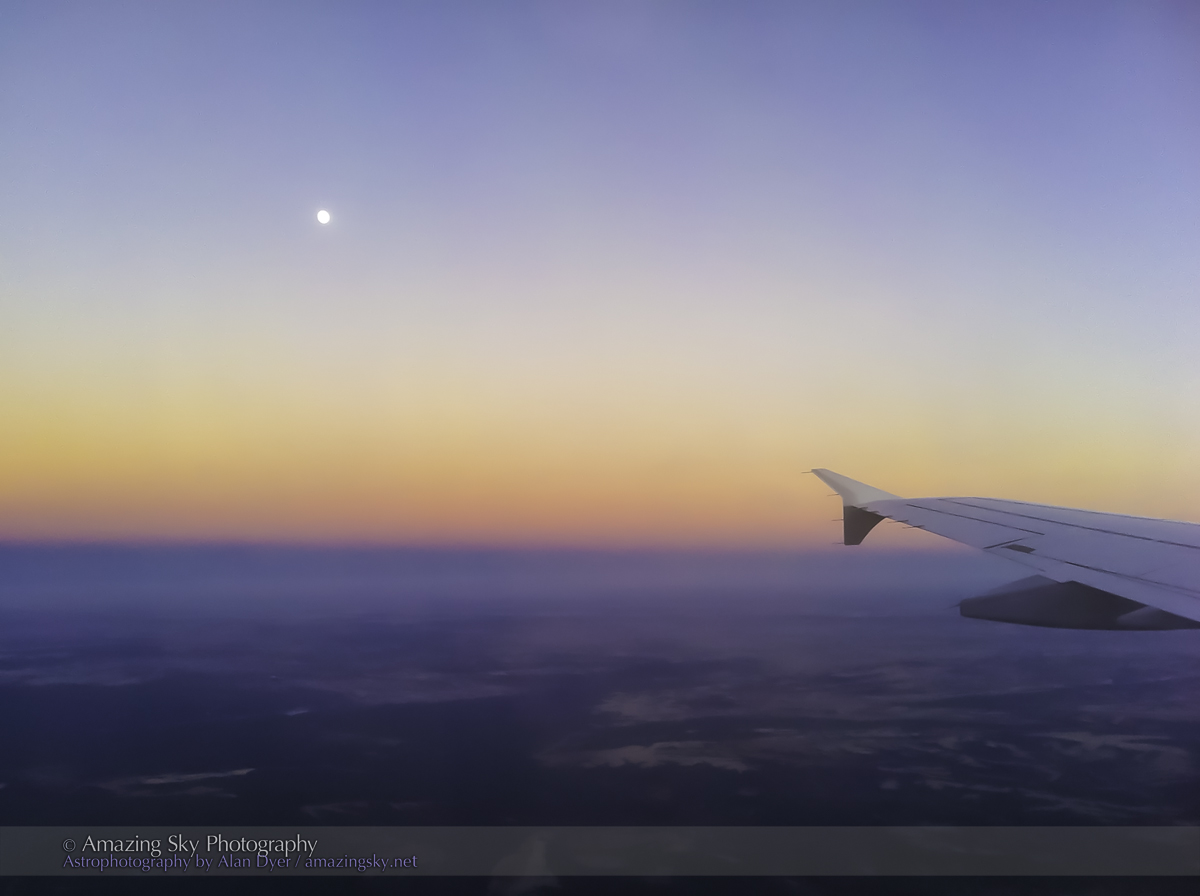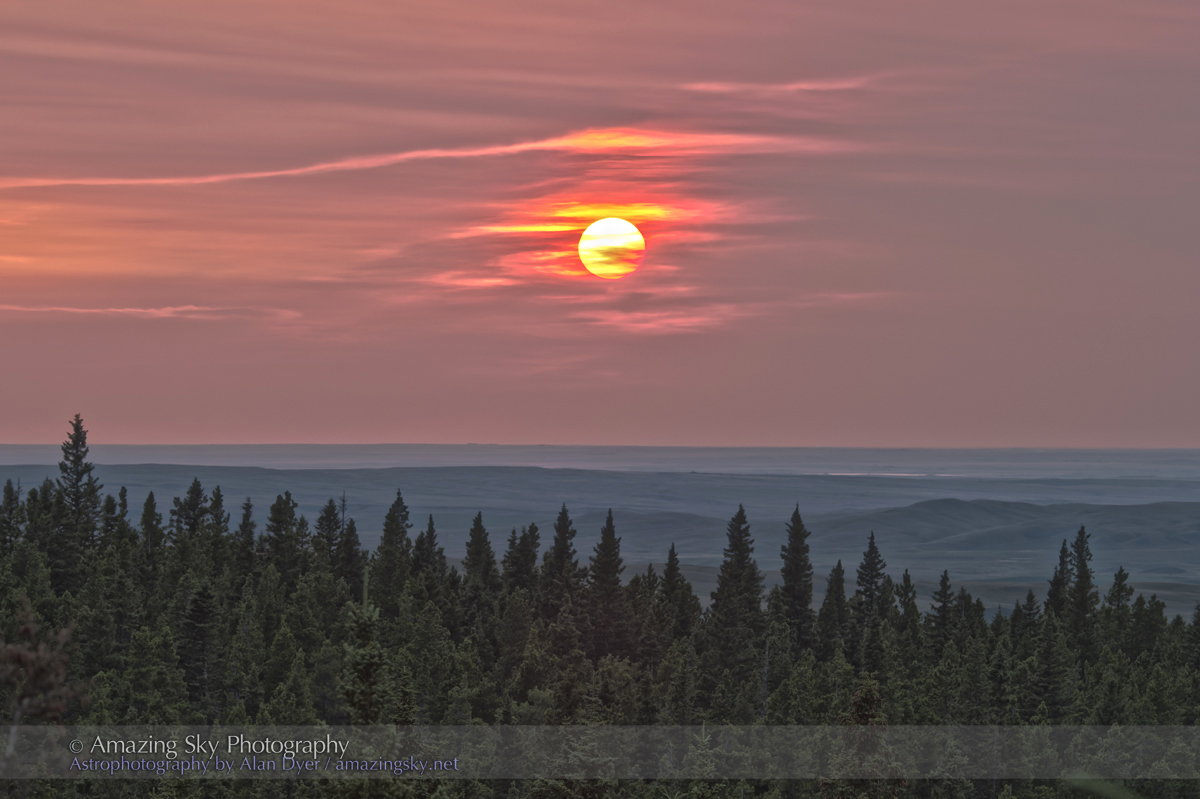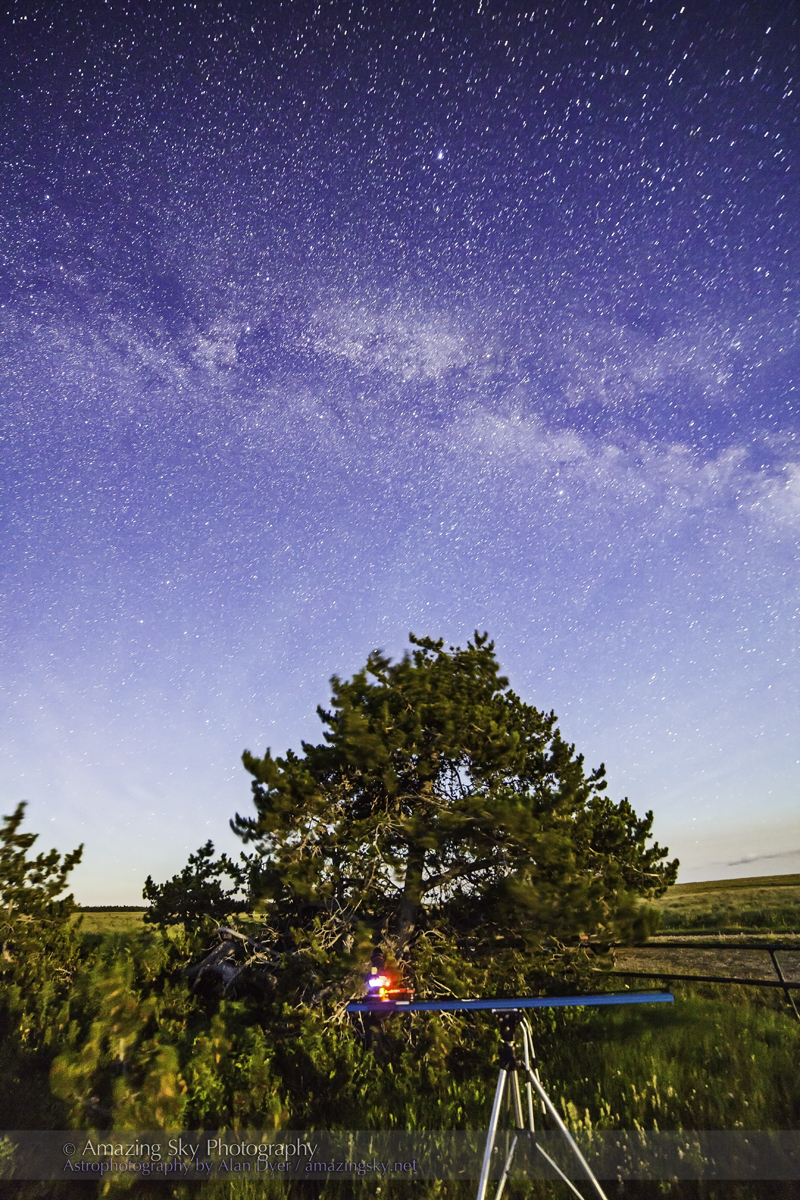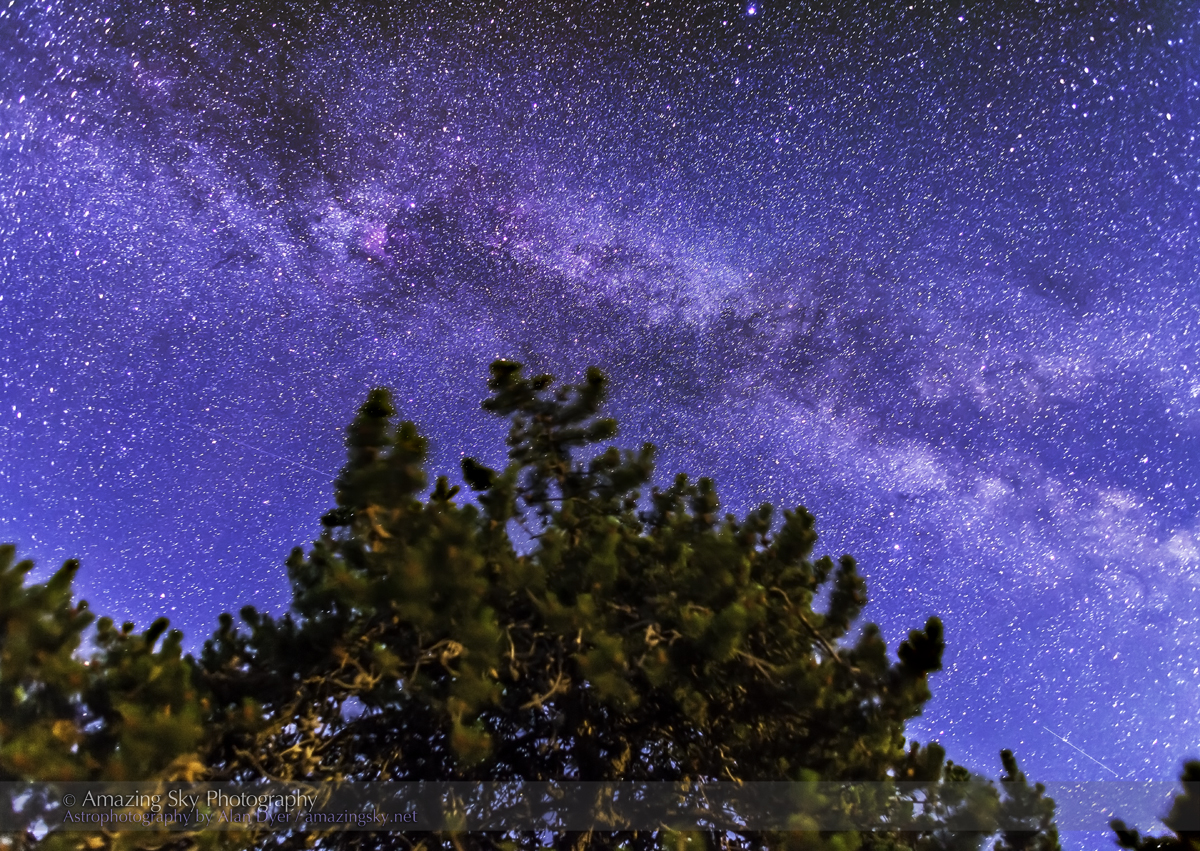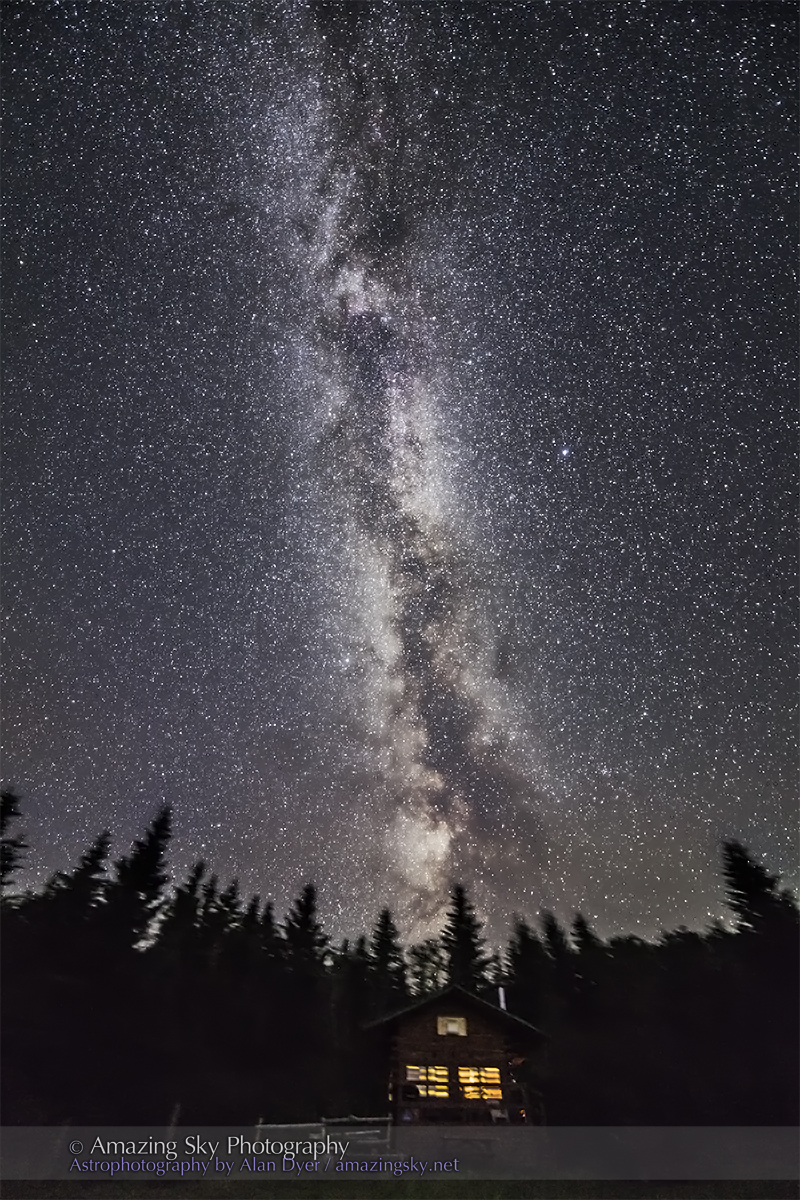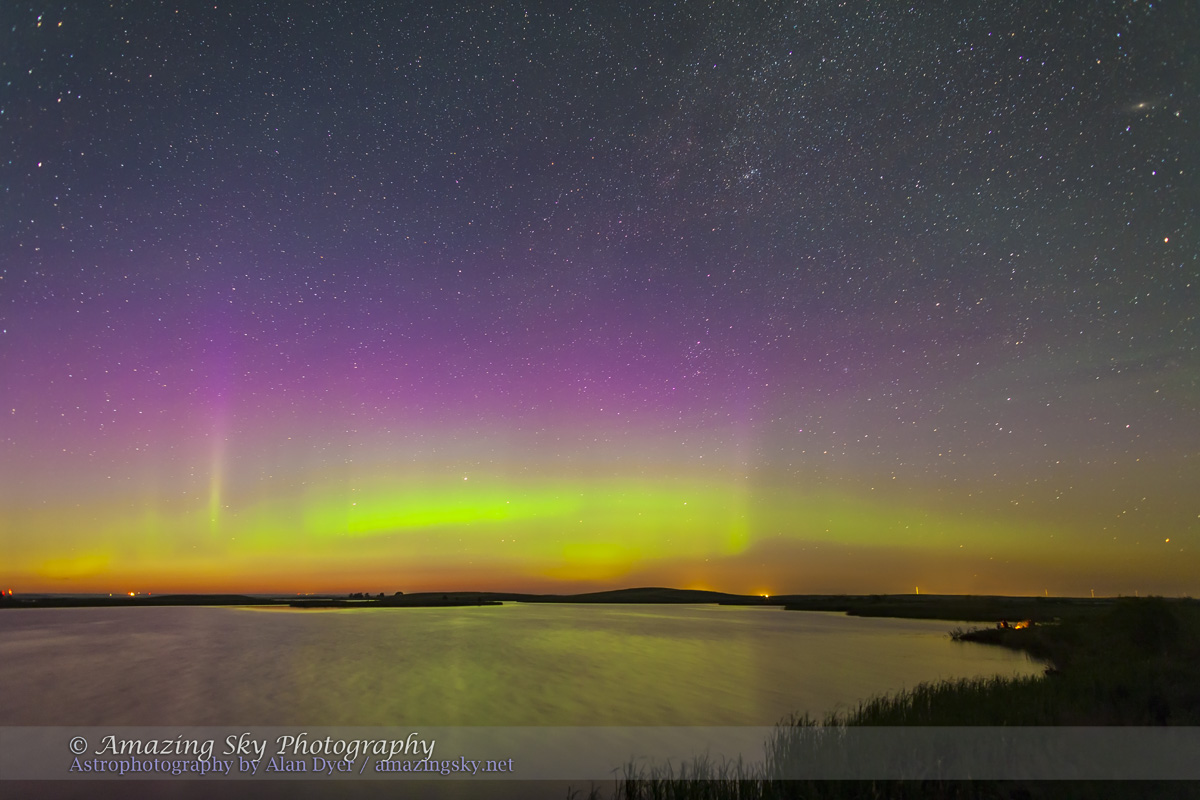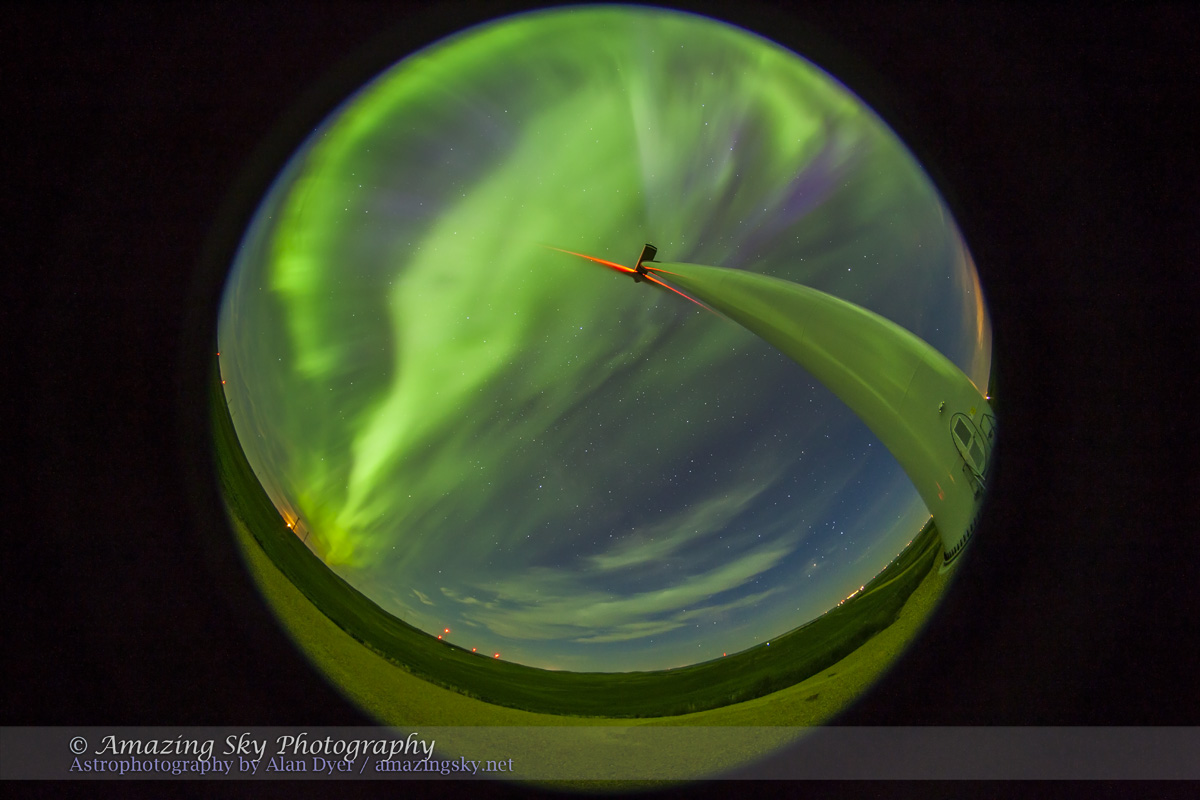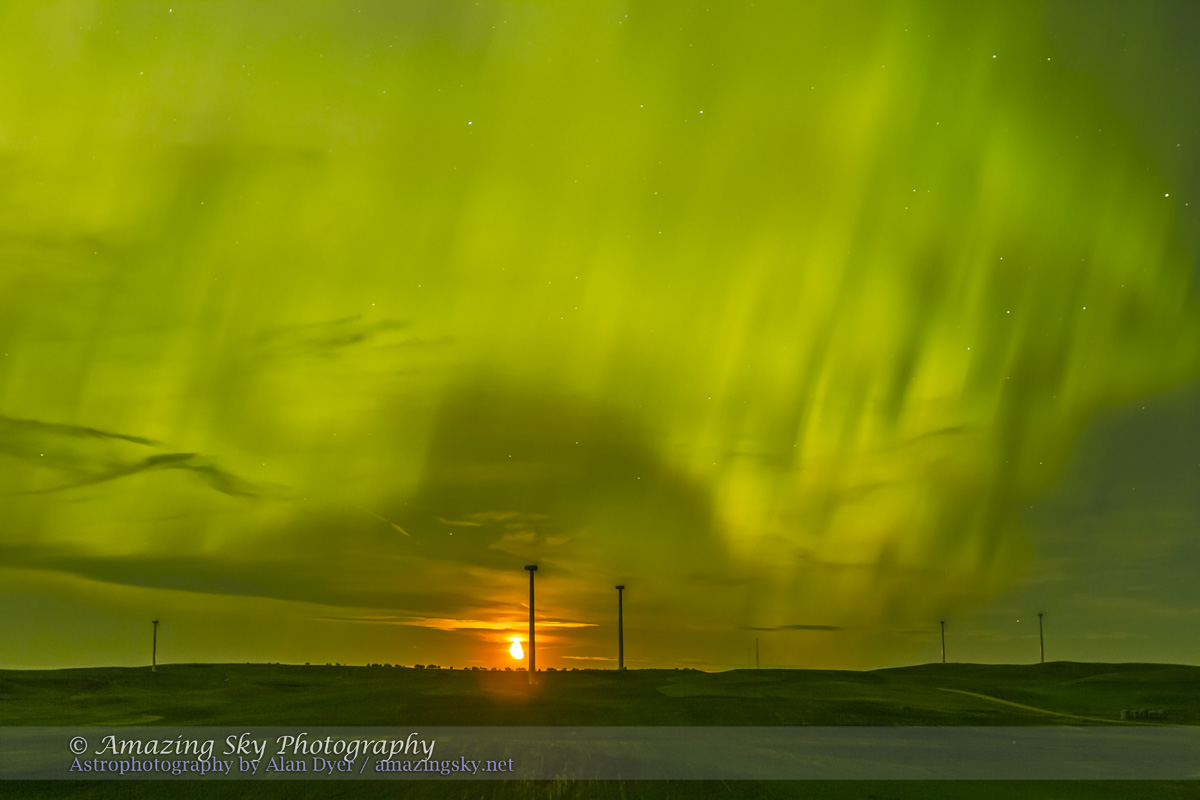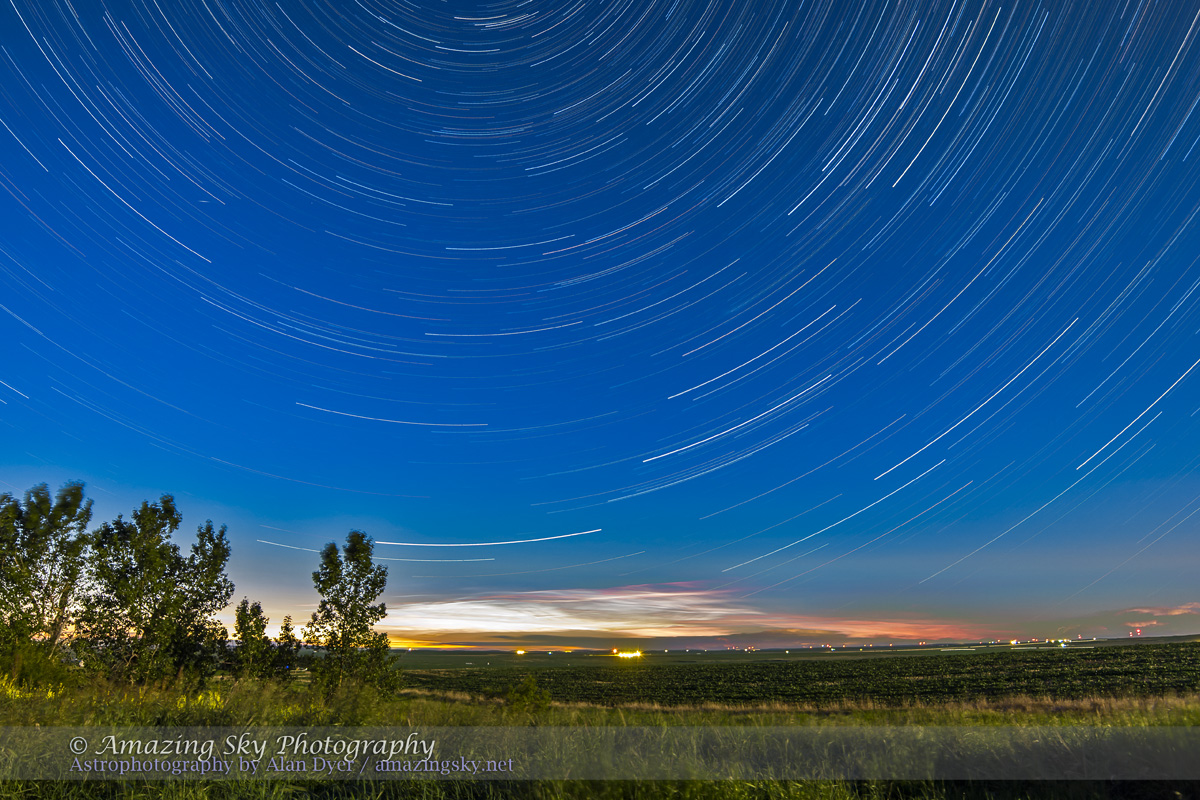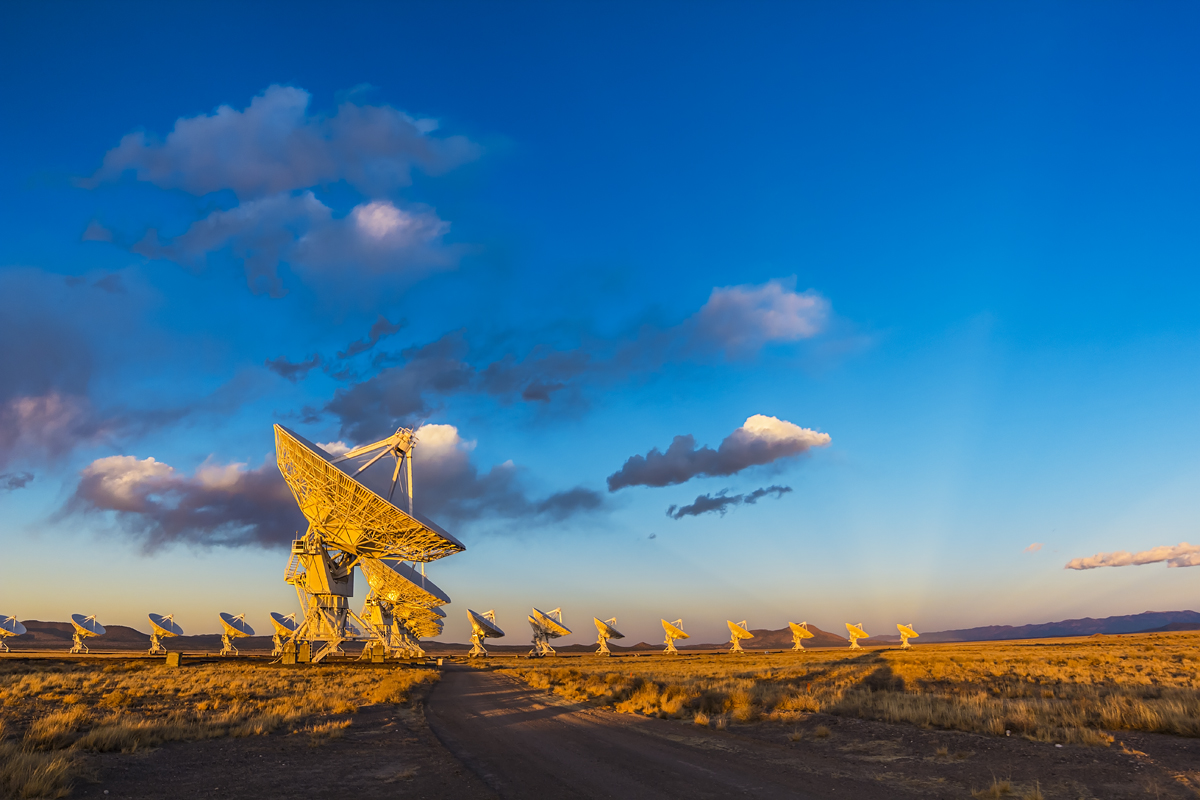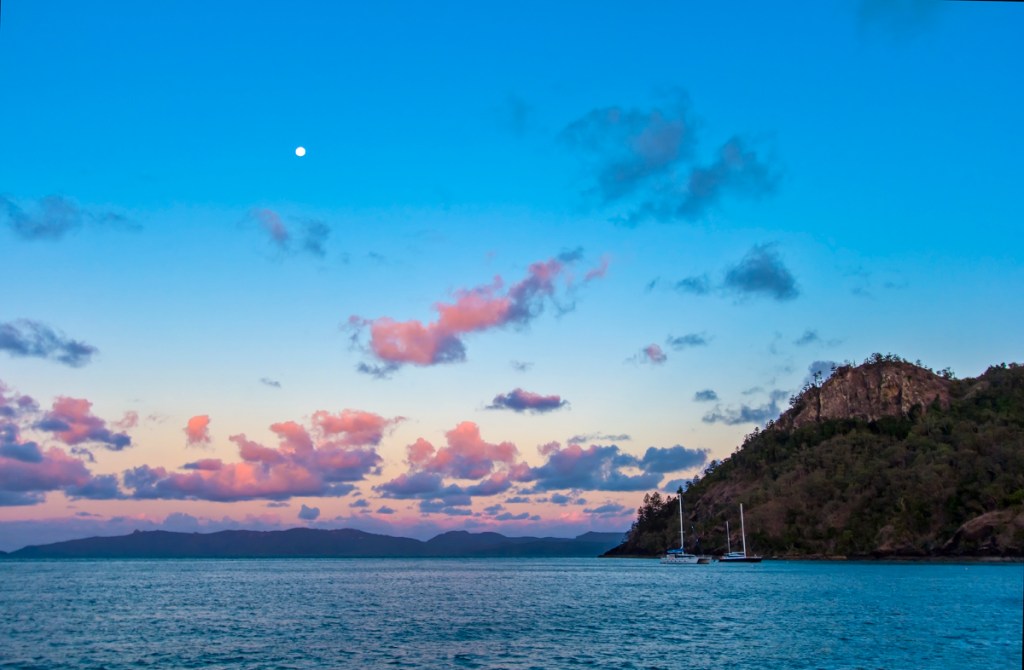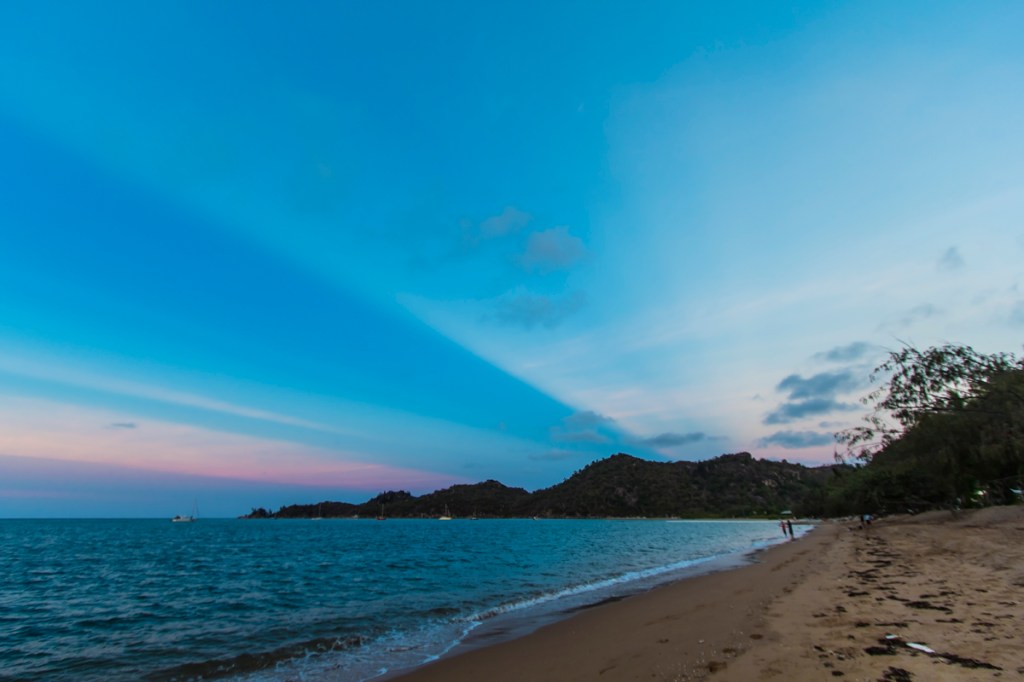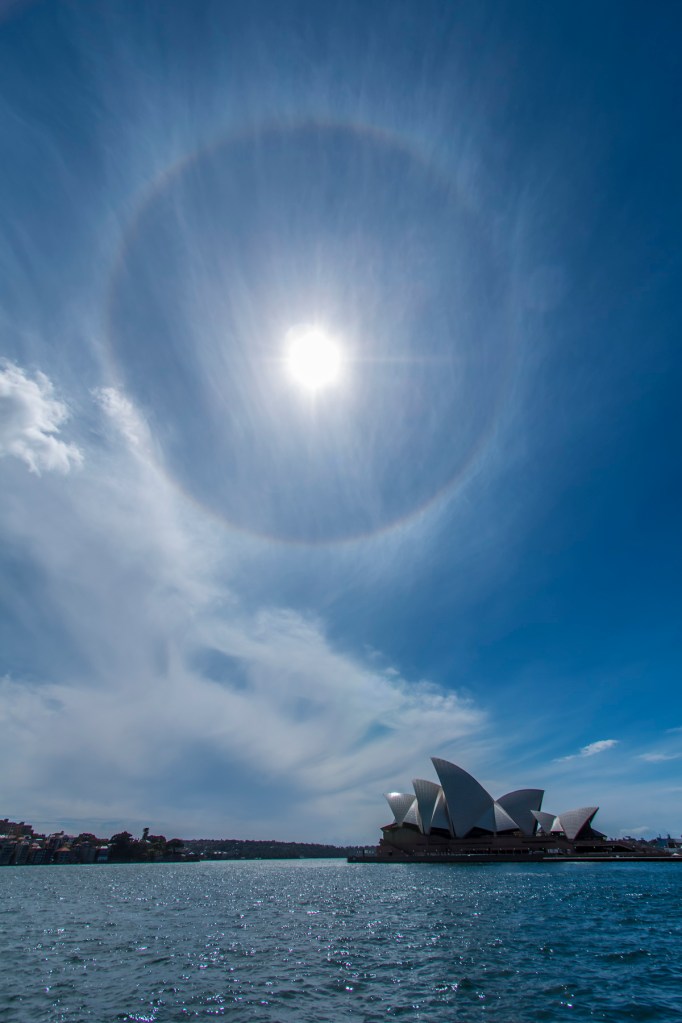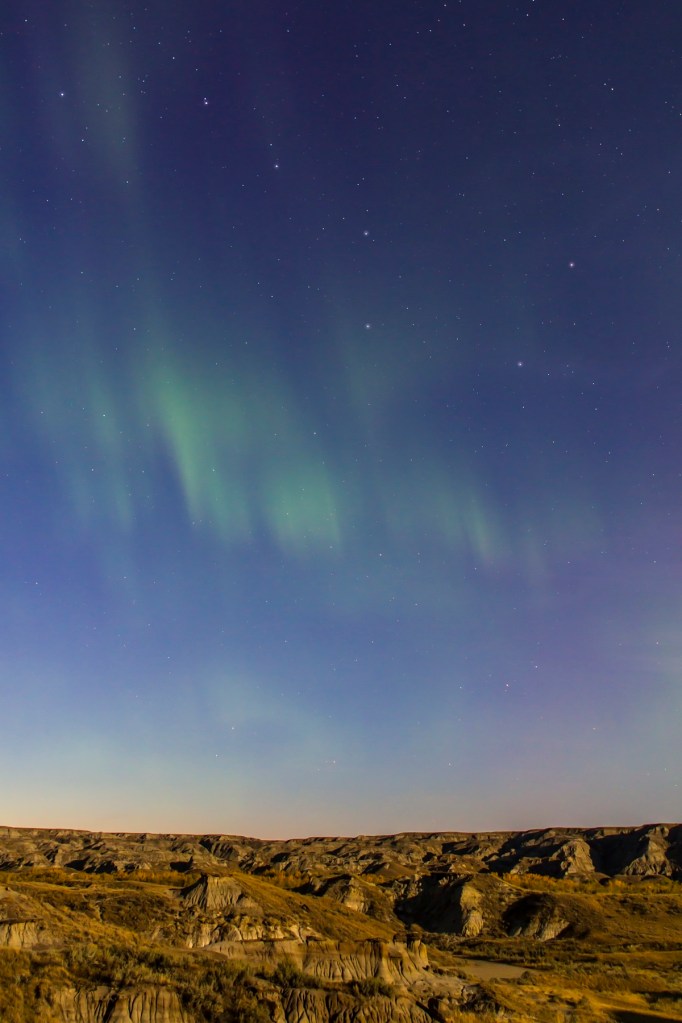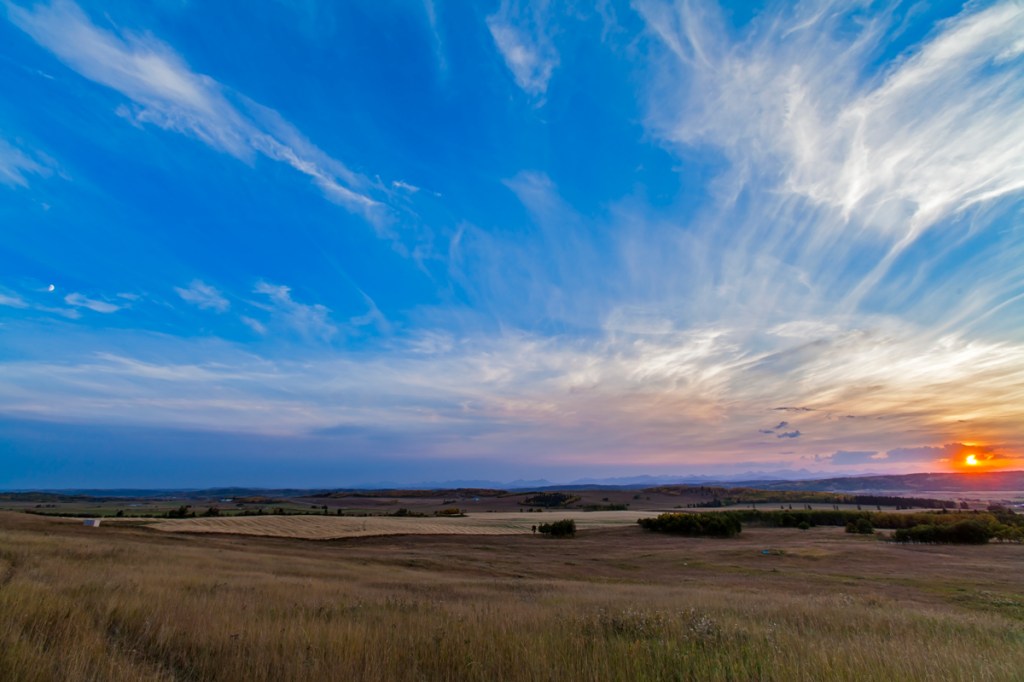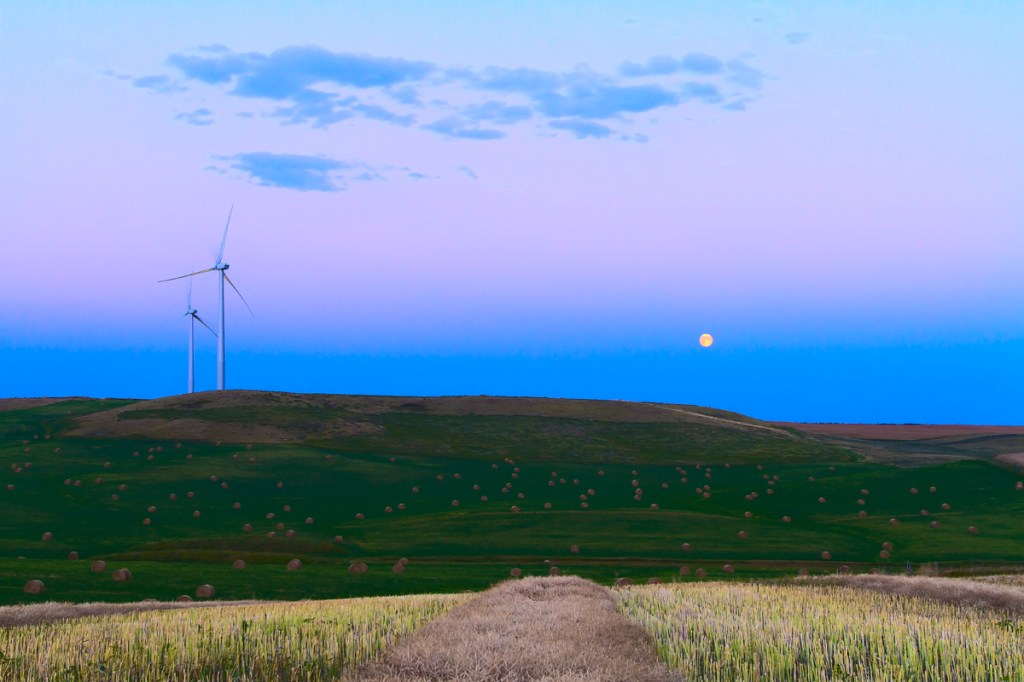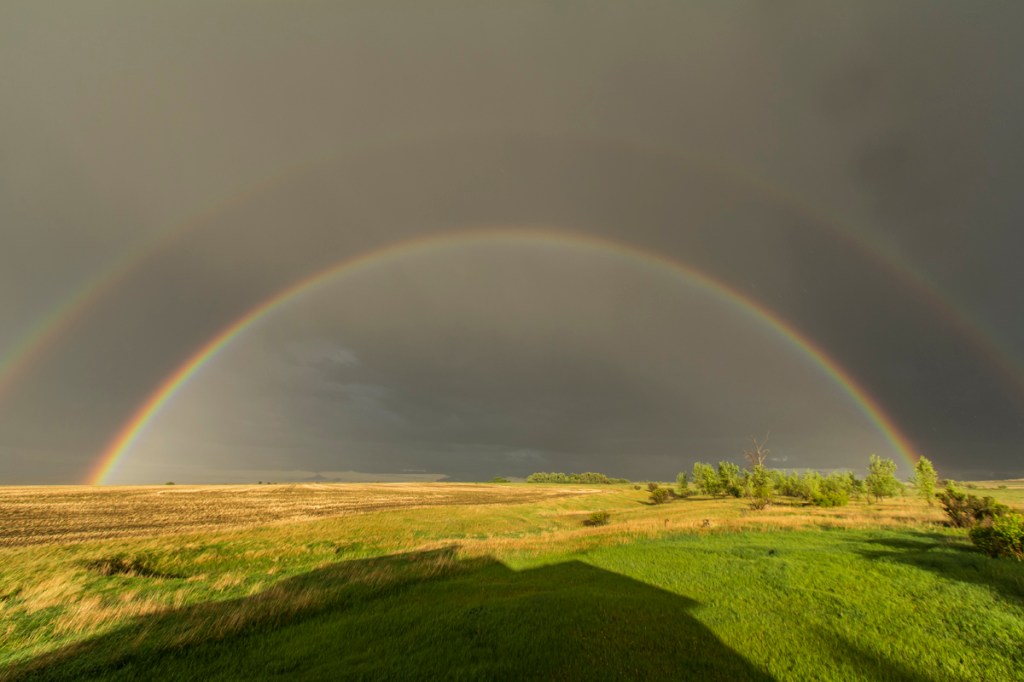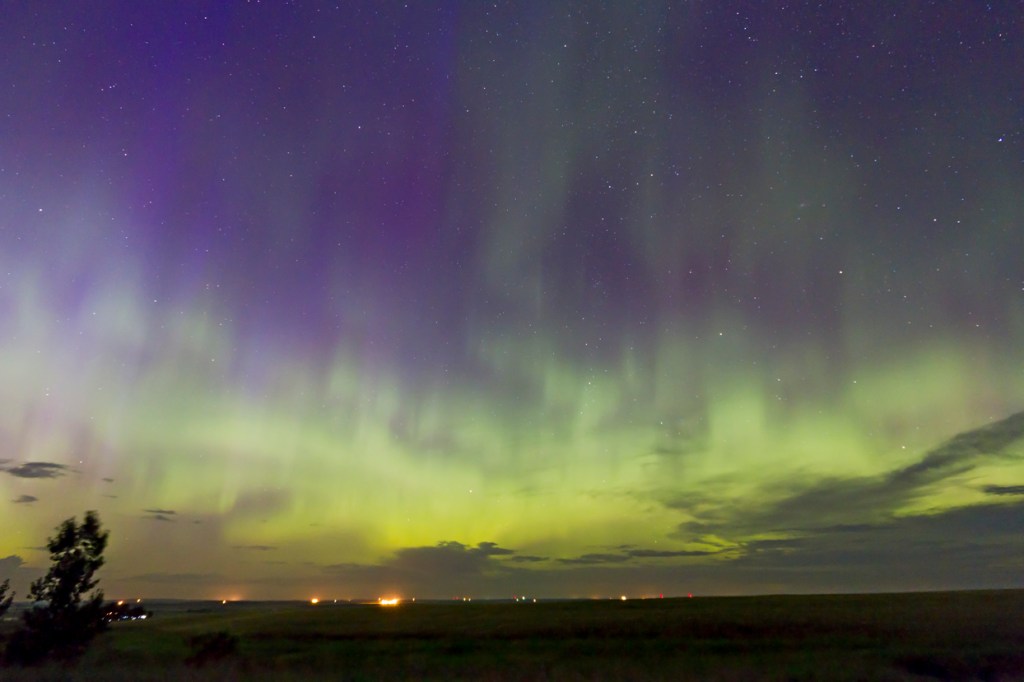
On August 7, 2022 we were treated to a fine aurora and a superb showing of the anomalous STEVE arc across the sky.
Where I live in southern Alberta we are well positioned to see a variety of so-called “sub-auroral” phenomena — effects in the upper atmosphere associated with auroras but that appear south of the main auroral arc, thus the term “sub-auroral.”

The main auroral band typically lies over Northern Canada, at latitudes 58° to 66°, though it can move south when auroral activity increases. However, on August 7, the Kp Index was predicted to reach Kp5, on the Kp 0 to 9 scale, so moderately active, but not so active it would bring the aurora right over me at latitude 51° N, and certainly not down over the northern U.S., which normally requires Kp6 or higher levels.

So with Kp5, the aurora always appeared in my sky this night to the north, though certainly in a fine display, as I show above.
However, at Kp5, the amount of energy being pumped into the magnetosphere and atmosphere around Earth is high enough to trigger (through mechanisms only beginning to be understood) some of the unique phenomena that occur south of the main aurora. These often appear right over me. That was the case on August 7.

I captured the above panoramas of the aurora early in the night, when we also were treated to a late season display of noctilucent clouds low in the north. These are high altitude water-vapour clouds up almost as high as the aurora. They are common in June and July from here (we are also in an ideal latitude for seeing them). But early August was the latest I had ever sighted NLCs.

As the NLCs faded, the auroral arc brightened, promising a good show, in line with the predictions (which don’t always come true!). The main aurora reached a peak in activity about 11:30 pm MDT, when it was bright and moving along the northern and northeastern horizon. It then subsided in brightness and structure, giving the impression the show was over.
But that’s exactly when STEVE can — and this night did! — appear.

Sure enough, about 12:15 am, a faint arc appeared in the east, which slowly extended to cross the sky, passing straight overhead. This was STEVE, short for Strong Thermal Emission Velocity Enhancement.
STEVE is not an aurora per se, which is caused by electrons raining down from the magnetosphere. STEVE is a ribbon of hot (~3000°) gas flowing east to west. STEVE typically appears for no more than an hour, often less, before he fades from view.

At his peak, STEVE is often accompanied by green “picket-fence” fingers hanging down from the main pink band, which also have a westward rippling motion. These do seem to be caused by vertically moving electrons.
This night I shot with three cameras, with lenses from 21mm to 7.5mm, including two fish-eye lenses needed to capture the full extent of sky-spanning STEVE. I shot still, time-lapses, and real-time videos, compiled below.
Amateur photos like mine have been used to determine the height of STEVE, which seems to be 250 to 300 km, higher than the main components of a normal aurora. Indeed, previous images of mine have formed parts of the data sets for two research papers, with me credited as a citizen scientist co-author.
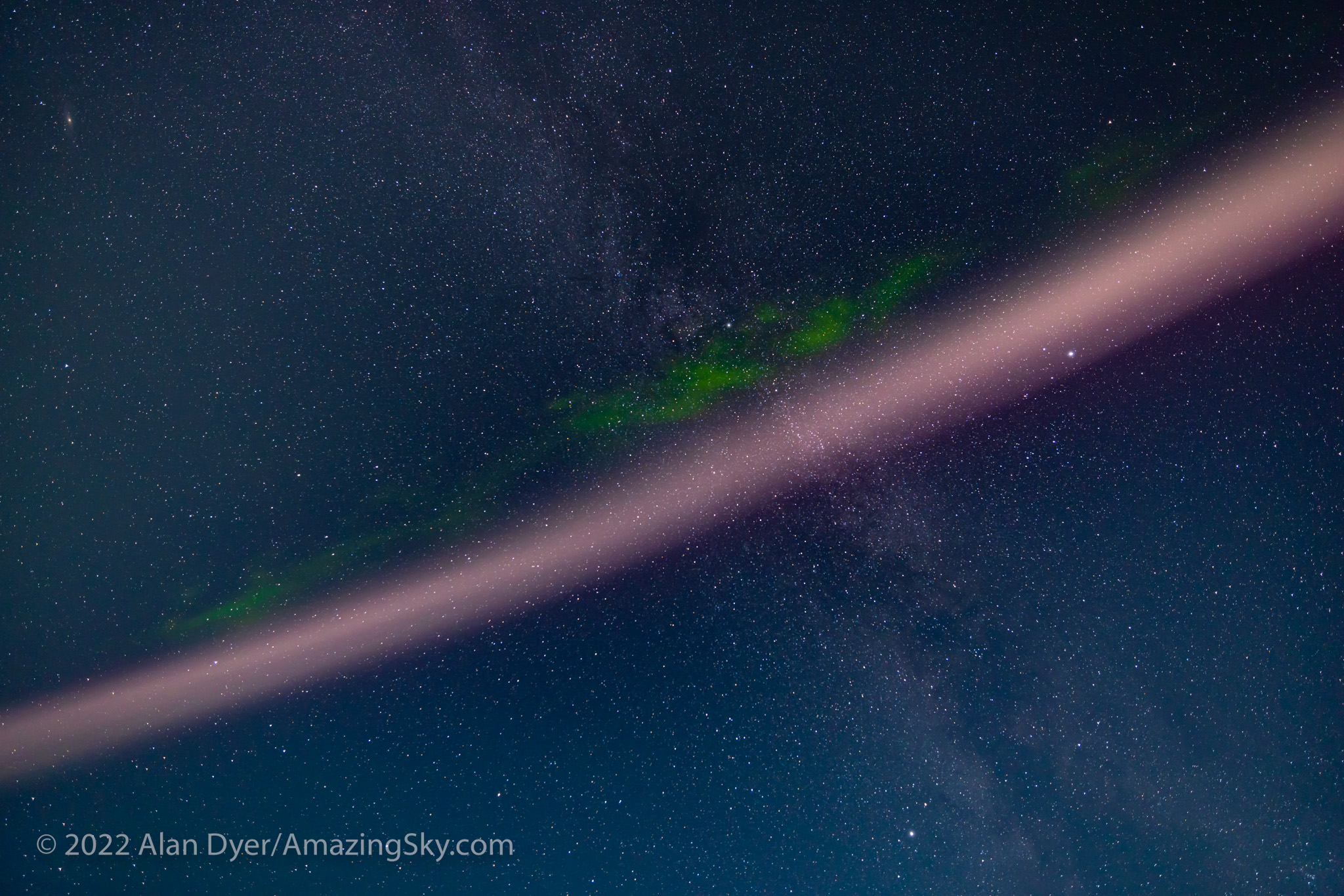
STEVE is a unique example of citizen scientists working with the professional researchers to solve a mystery that anyone who looks up at the right time and from the right place can see. August 7-8, 2022 and my backyard in Alberta was such a time and place.

As a bonus, a few frames recorded Perseid meteors, with the annual shower becoming active.
For a video compilation of some of my stills and videos from the night, see this Vimeo video.
Thanks! Clear skies!
— Alan Dyer, amazingsky.com



